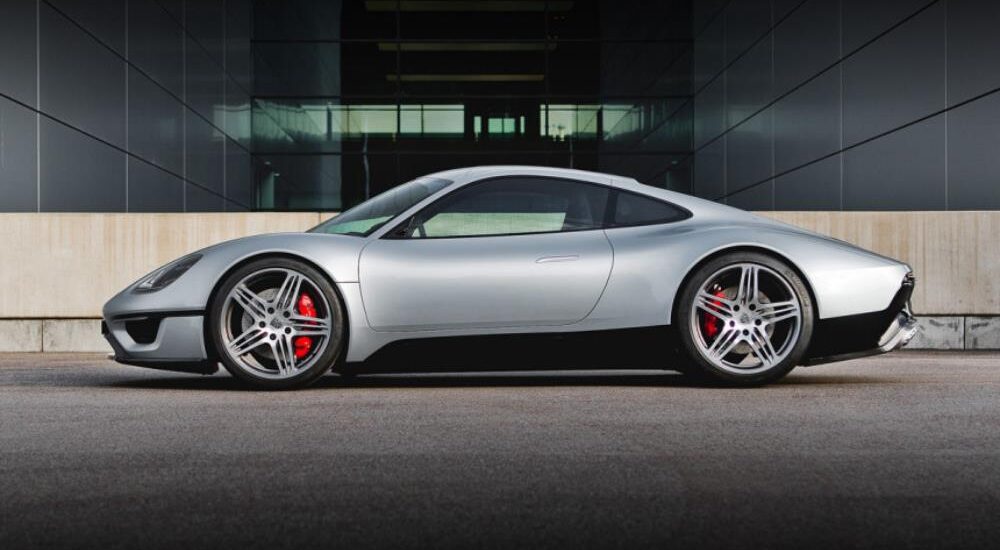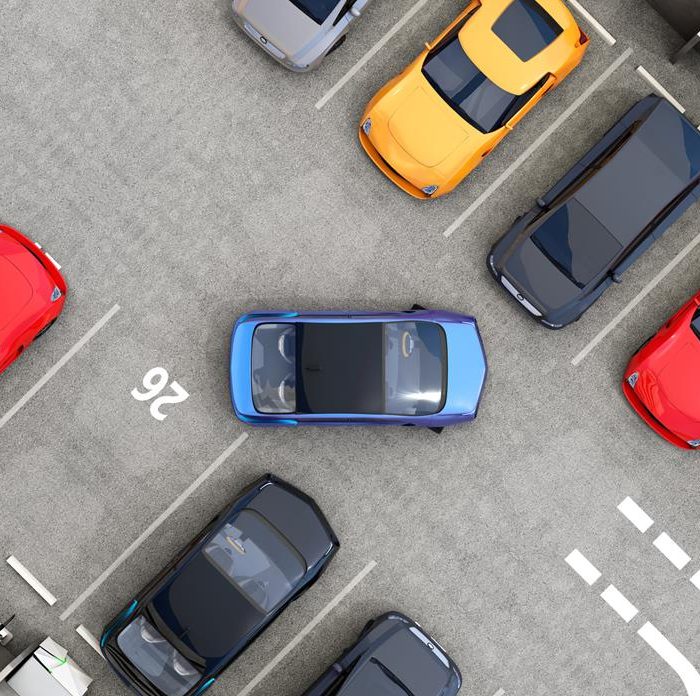Secret Porsche Projects: Minivan, 911 SUV, Two Cylinders and more
Car designers don’t have a “today”. They only have “yesterday” and “tomorrow”. For them, production innovations are old news. Premieres usually occur about two years after the designers have completed their work. They dwell in the realm of the “future” and the “distant future”, laboring on projects that may take an extensive period to materialize, if they ever come to fruition. Porsche has declassified an archive of experimental models that were developed between 2005 and 2019 but never saw the light of day. They named this collection Unseen. Portions of it have been uploaded to the company’s official website, exhibited in the museum, and published as a standalone book. We were granted virtual access to the complete collection of prototypes and had the opportunity to comprehend its significance.
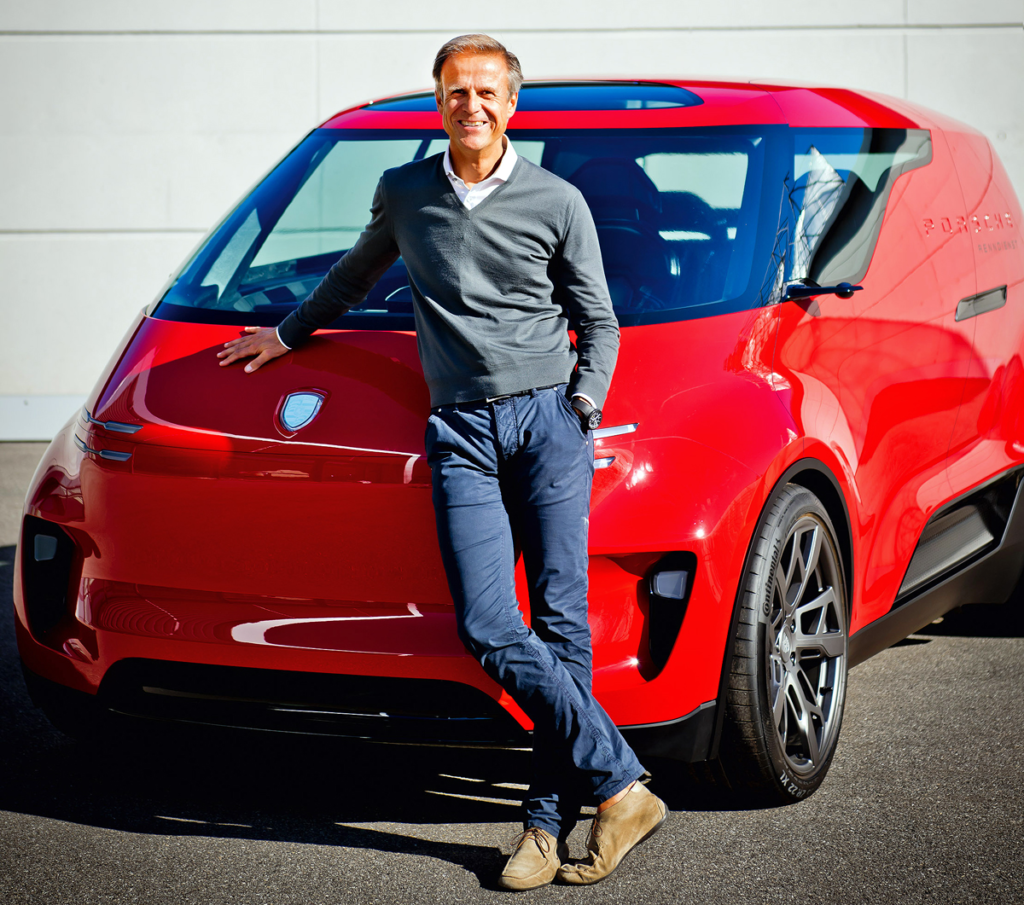
Michael Mauer the Chief Designer at Porsche.
“There are two paths. The first is evolution, where you improve your current models step by step for tomorrow. But in this case, it’s hard to be an innovator. The second is complete freedom of imagination, where you mentally move to the day after tomorrow and work your way back to tomorrow. In my understanding, it’s the approach that gives birth to innovations.”
This is how Porsche’s Chief Designer, Michael Mauer, elucidates the operating principles of his team. The German words “morgen,” meaning “tomorrow,” and “übermorgen,” meaning “the day after tomorrow,” are particularly evocative in this context. In practice, this approach is termed backcasting, and it’s something that any astute manager should be cognizant of: initially, establish a long-term strategic objective, and then progressively work backward to devise a step-by-step action plan from that goal to the present. However, one must concede that in this instance, it comes across as a genuine epiphany.
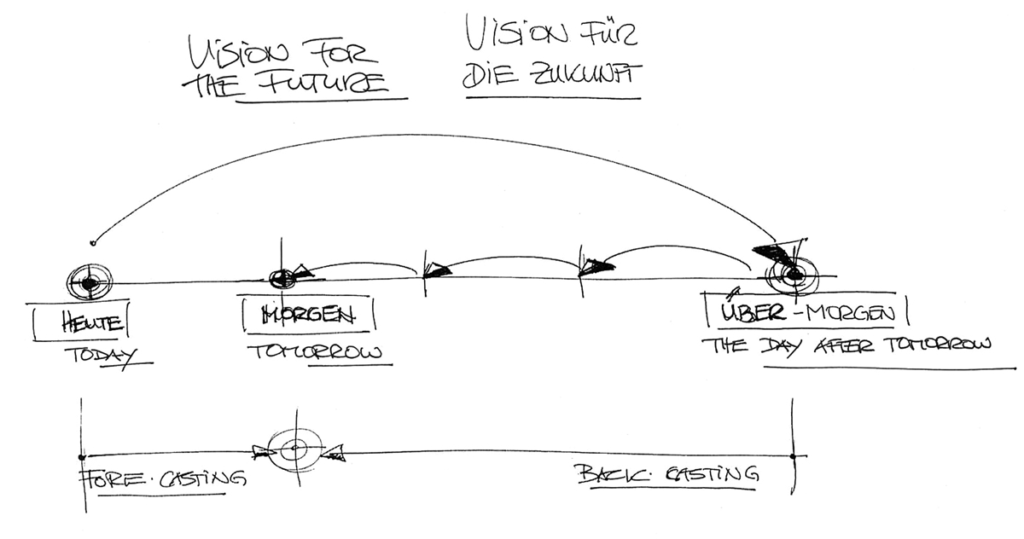
There’s a reason why an age-old joke persists, suggesting that Porsche employs the most lackadaisical designers; the 911 family serves as indisputable evidence that Porsche has a penchant for the evolutionary route. But now it appears that they are actually making temporal leaps, employing backcasting, and putting ‘morgen über alles’.
However, in all earnestness, the work of Mr. Mauer and his team is praiseworthy. We recently mentioned Michael in the context of a design atlas, but in brief, it was Mauer who masterminded the latest two generations of the 911, seamlessly transposed the brand’s signature style to vehicles in new segments, and constructed the prevailing design framework.
The design department at Porsche boasts a unique structure – there is a sole studio located in the hamlet of Weissach, roughly 25 km from Zuffenhausen. There are no subsidiaries or creative centers along the French Riviera or in California, as is customary for other companies. This is not a coincidence: a cohesive team and direct communication foster superior performance. Furthermore, the renowned Porsche test track is situated just outside the windows, in conjunction with the motorsport division headquarters, and the resonating sounds of engine trials frequently permeate the studio. Could a designer dream of a more invigorating environment?
Annually, this design office gives birth to approximately ten substantial projects – encompassing production cars, concept vehicles, prototypes, and full-scale models. We were given a glimpse of only fifteen – can you fathom the volume of content that remains concealed? Porsche’s product range expands with utmost caution, and despite the foray into electric vehicles, coupe-SUVs, and station wagons, the lion’s share of the exploratory work ends up gathering dust on the shelves. Quite disheartening, isn’t it? Perhaps this served as the impetus for the advent of the Unseen project.
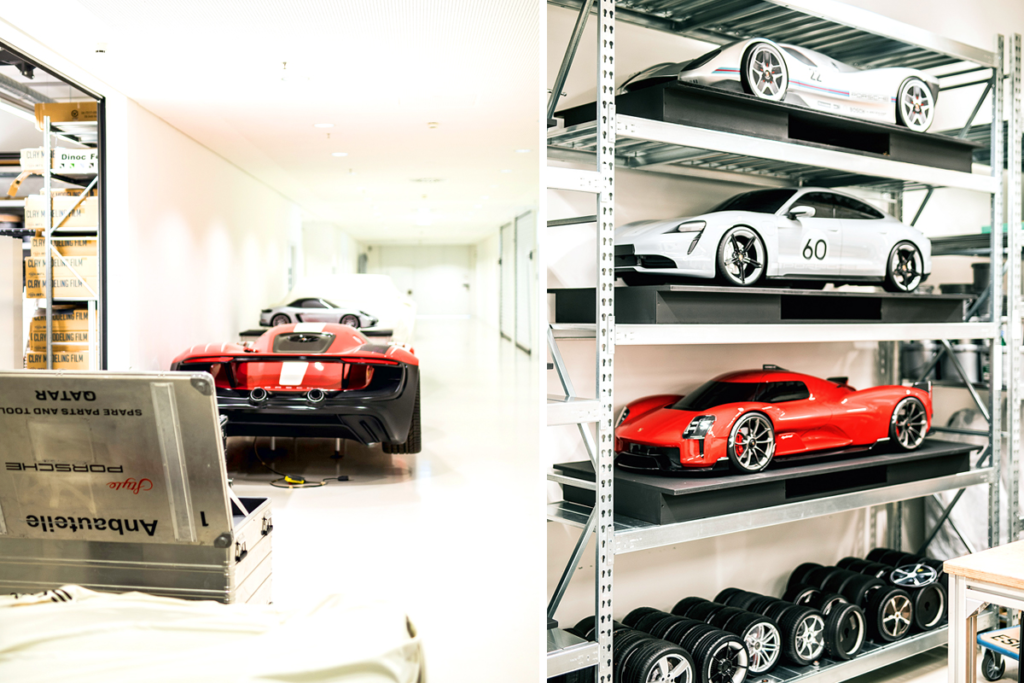
As a general practice, Porsche only unveils concept cars to the public when it’s evident that they are on a direct trajectory toward production. This was the scenario with the Mission E and the supercars Carrera GT and 918 Spyder. Had the board of directors possessed a tad more audacity, we would have witnessed the off-road 911 Safari, the two-cylinder carbon fiber sports car Porsche 904 with a motorcycle engine, the three-door Macan, the single-seater Boxster, the eight-cylinder super-Cayman, and even an electric Porsche minivan, ages ago. And the jibes regarding the cushiest job on the planet would have ceased.
One could devote attention to each of the projects within the Unseen collection individually, but first, I’d like to share a few musings that surfaced after a brief video interview Michael Mauer conducted with a group of journalists on the eve of the dossier’s release. From Russia, only two individuals were in attendance – myself and Misha Petrovsky from Drive.
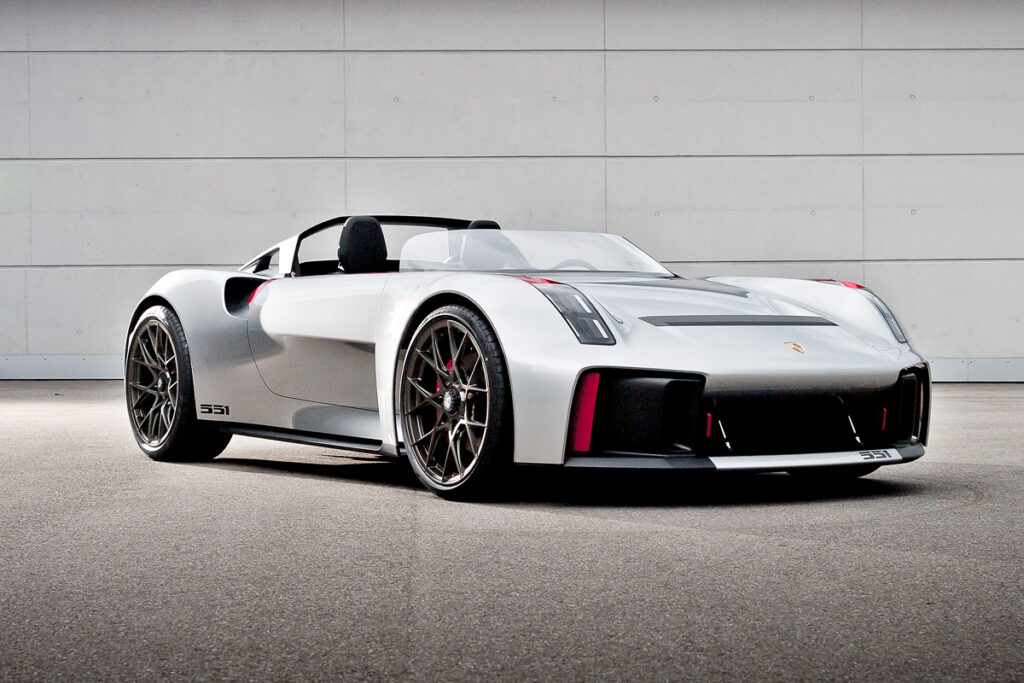
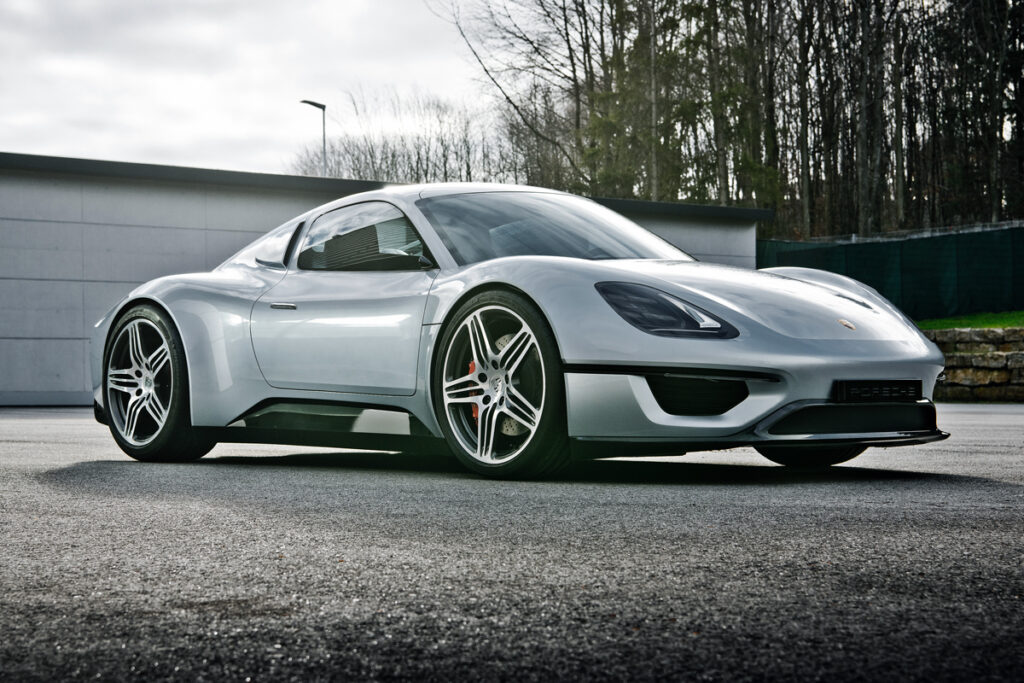
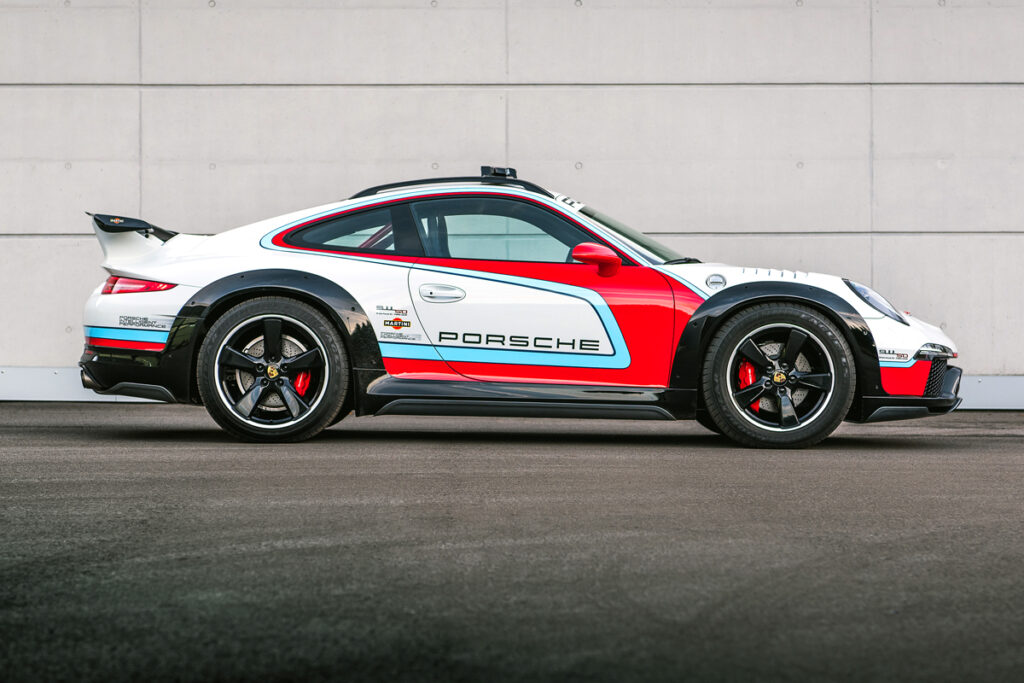
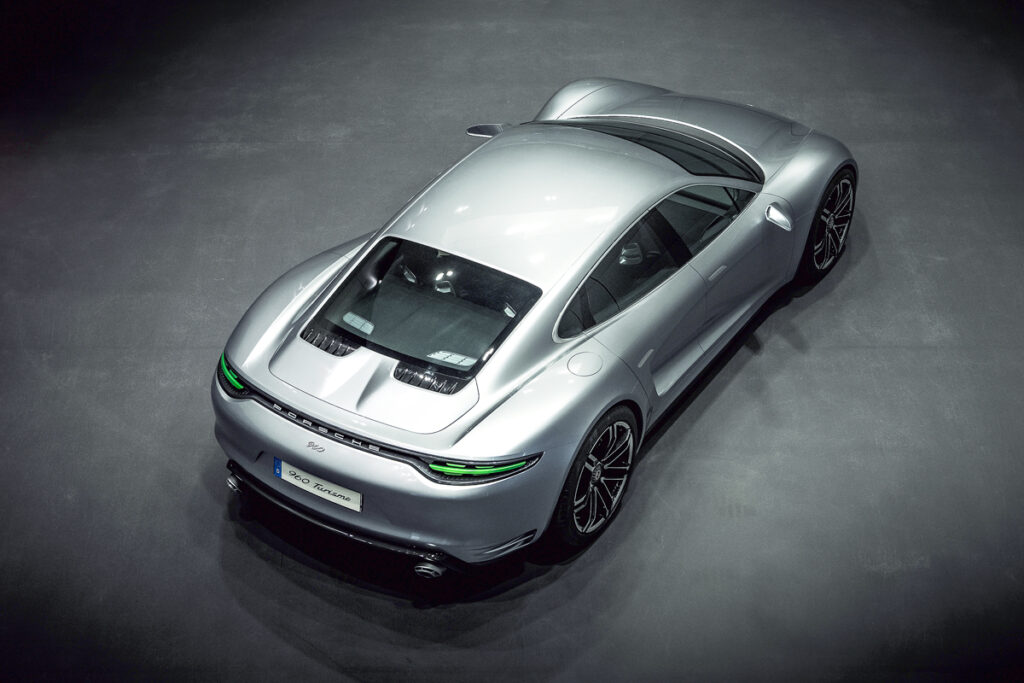
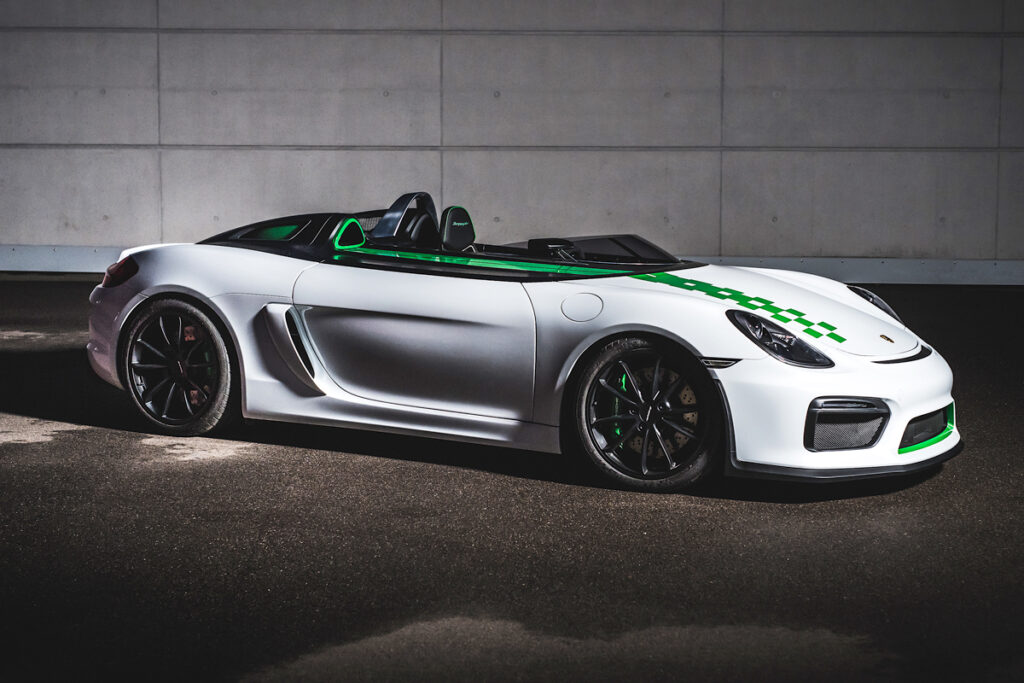
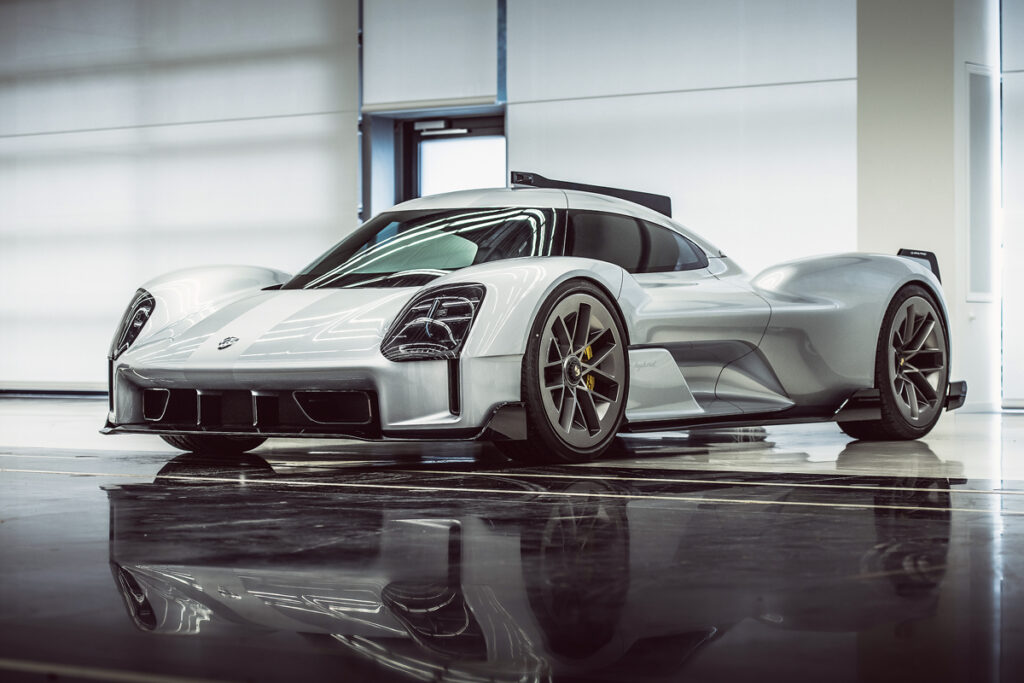
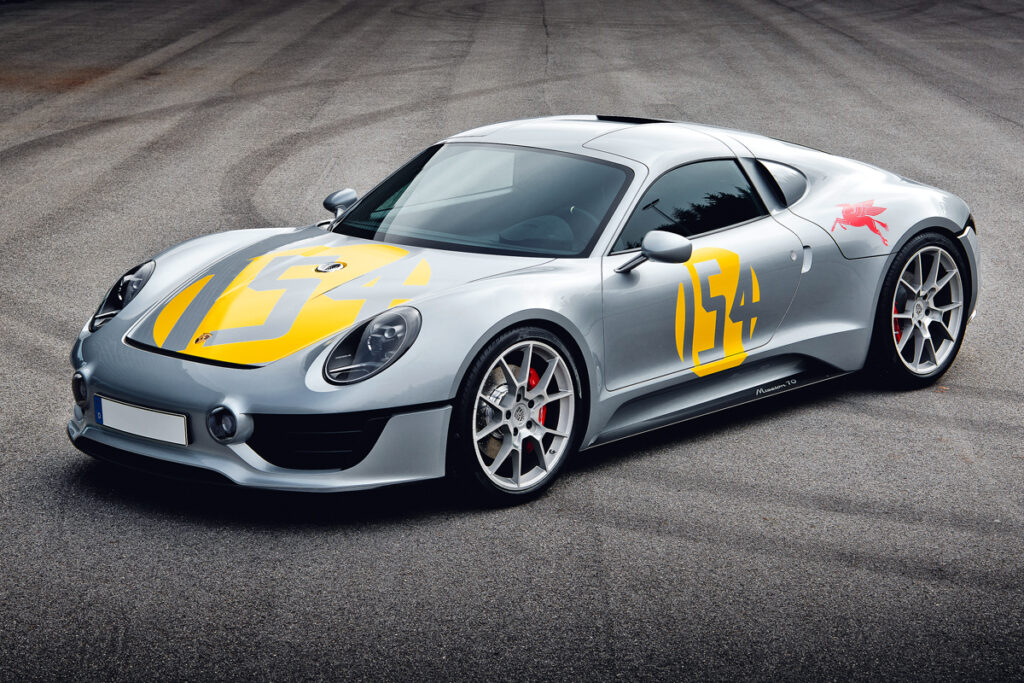
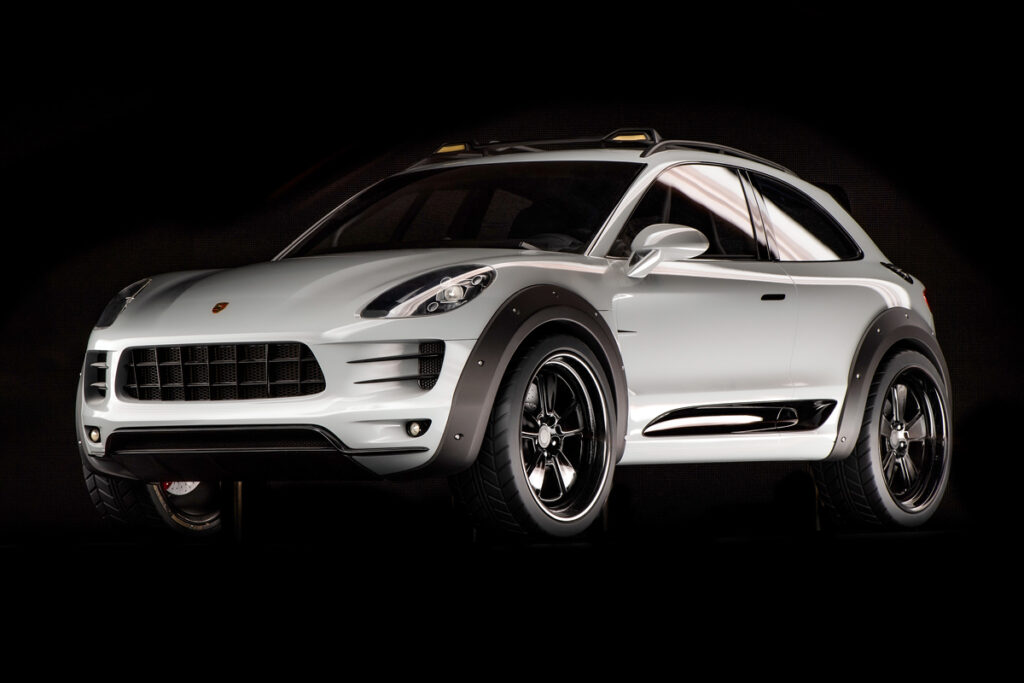
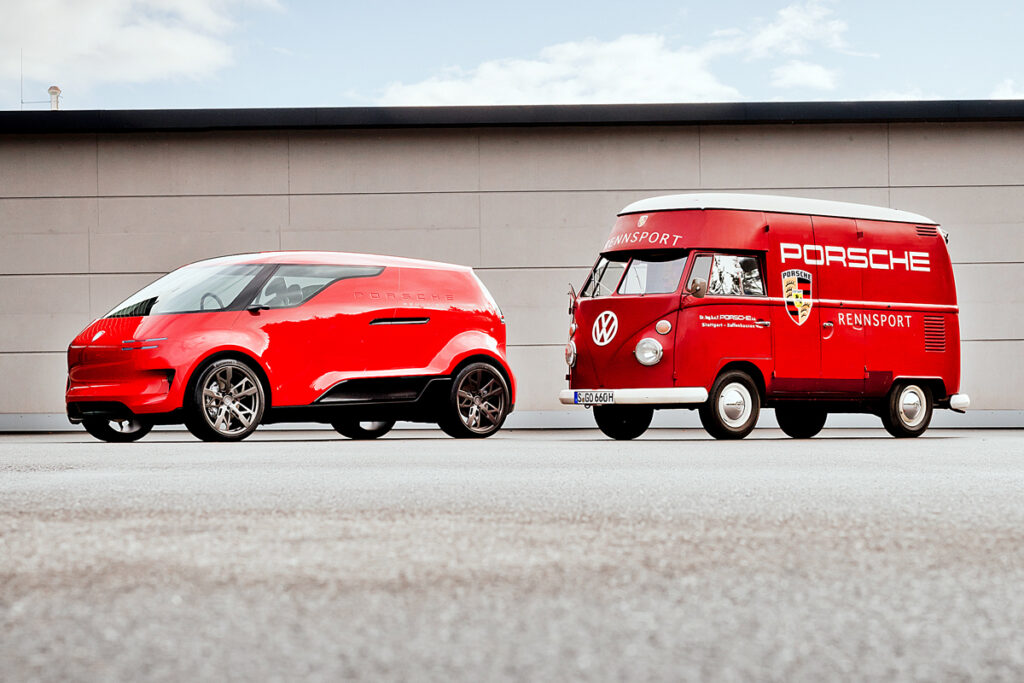
First and foremost, Porsche possesses an extensive collection of unrealized projects from previous years, stored away in a secret location. Most are aware of the museum’s storage facilities in Zuffenhausen, but the design studio has been amassing its own archive, which encompasses nearly all the cars that have progressed to the stage of full-scale models, or even more significantly, functional prototypes. Just envision what a dream garage that would be!
However, there is no impetus to flaunt these treasures to the world. Ideas that were conceived in Weissach the day before yesterday could very well be someone’s groundbreaking technology tomorrow – and it’s not customary to divulge such innovations without compensation. While headlines like “Porsche’s Secret Prototypes” often sport a “breaking news” banner, my recollection only serves up two occasions when secret materials akin to the current revelation were leaked. These incidents transpired in 2014 and 2017, when the Porsche Museum unsealed its storerooms and unveiled the 2002 Cayenne Cabriolet, the 1987 984 Junior Roadster (a precursor to the Boxster), the 932 sedan designed by Giugiaro in 1991, and a handful of less captivating vehicles.
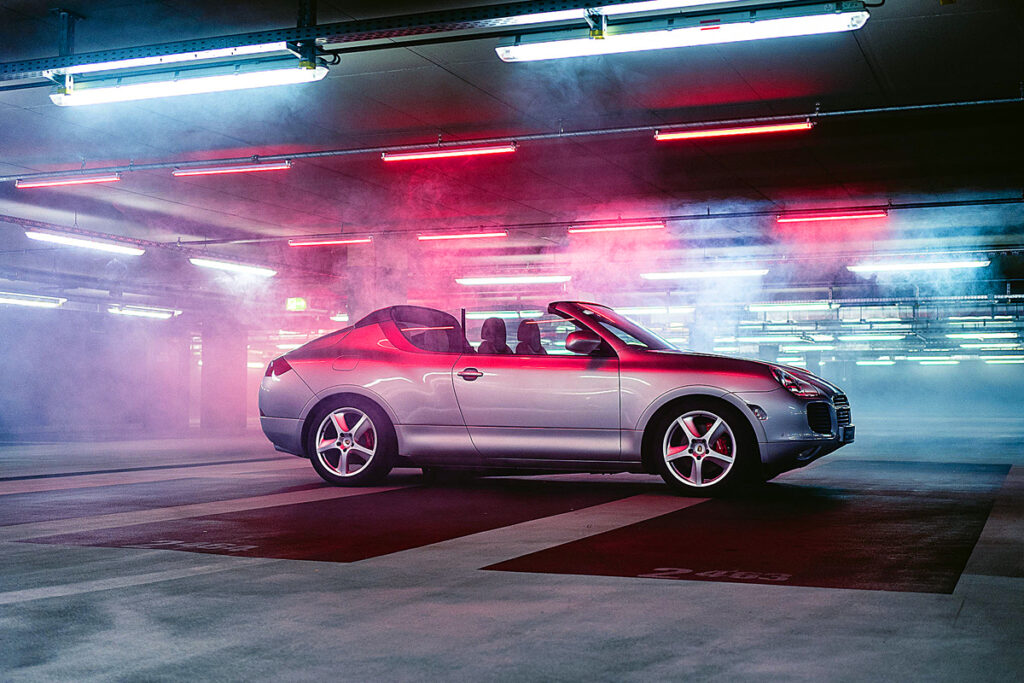
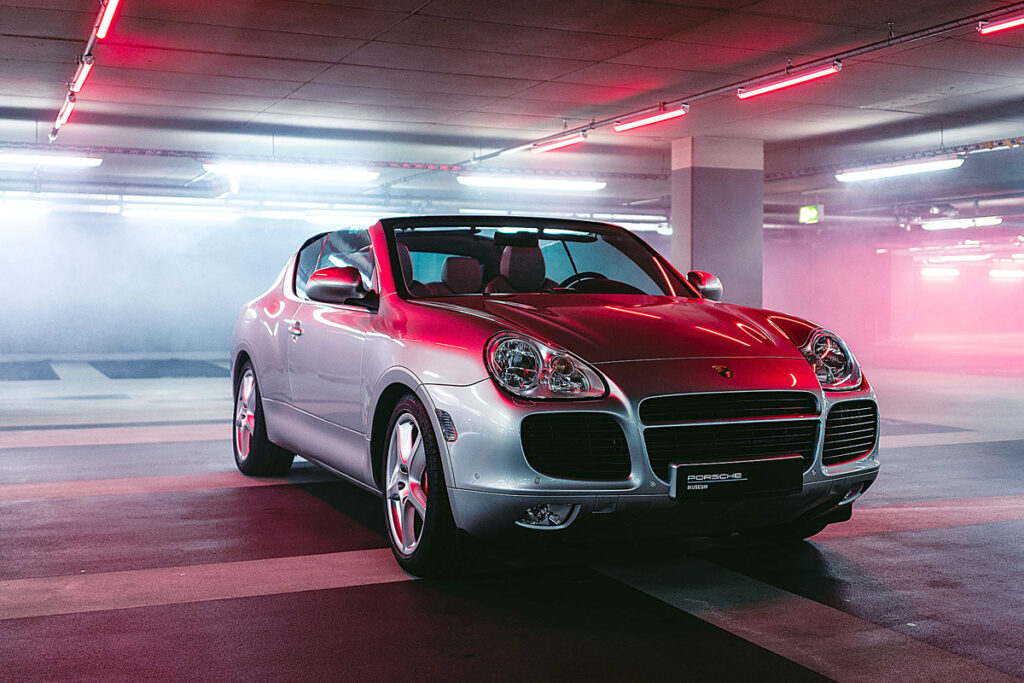
Fortunately, the open-top Cayenne didn’t materialize into anything substantial. This project didn’t even earn its own designation. The 2002 prototype has been preserved in the form that was employed for selecting the rear-end design – it’s deliberately asymmetrical. The taillights on the right side bear a slight resemblance to those found on the second-generation Cayenne, but, thankfully, the convertible idea was swiftly quashed.
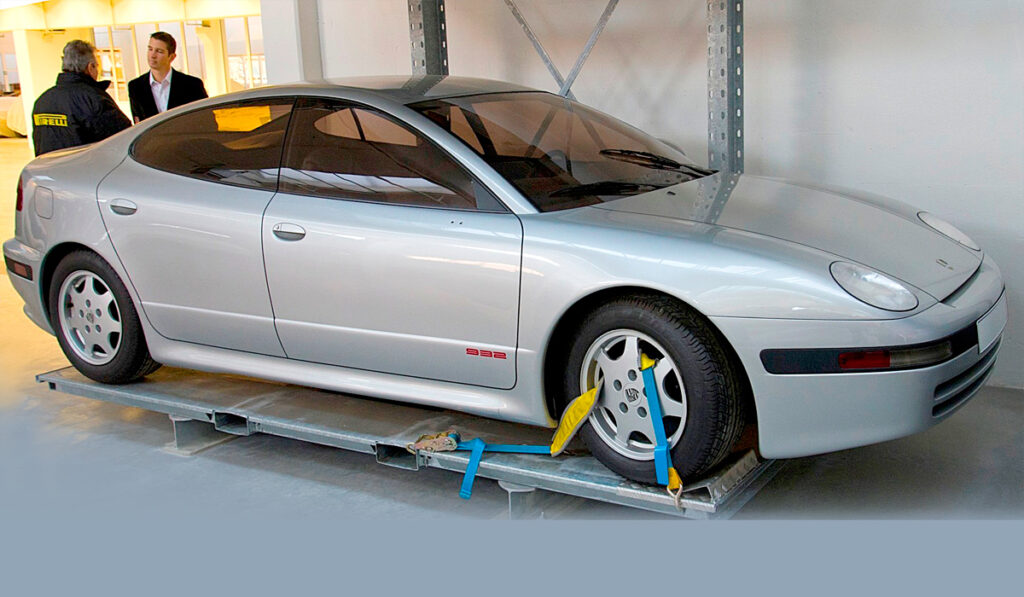
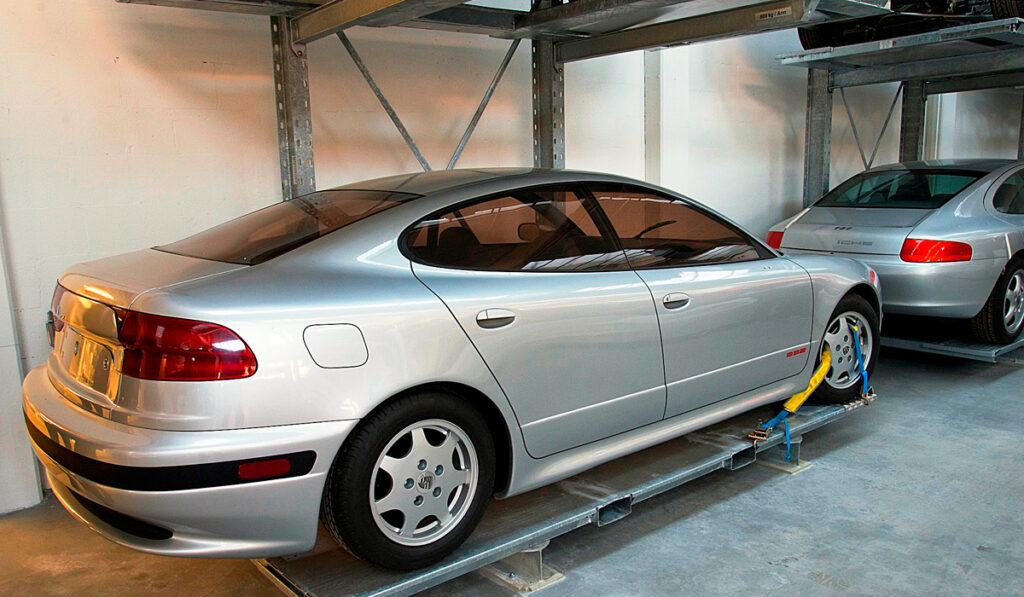
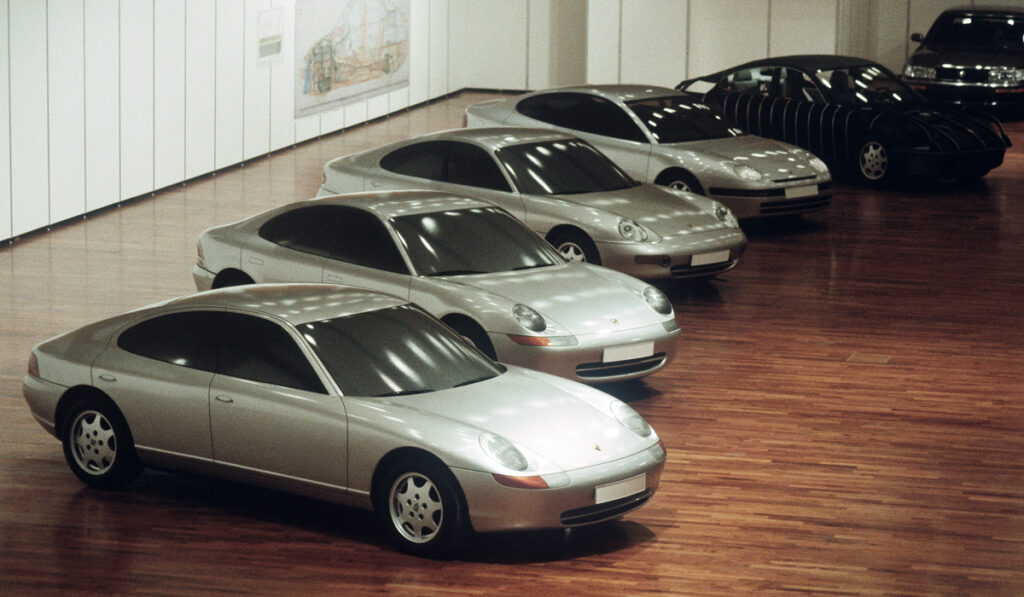
The Porsche 932 was one of at least four sedans that partook in a design competition for four-door car projects in 1989. Porsche’s in-house version was assigned the 989 index, while the 932 model was conceived by Giorgetto Giugiaro’s studio. None of the variants made it to production, but the Giugiaro sedan stood the slimmest chance. This is because ItalDesign presented the Germans with a body shape that was essentially identical to what was concurrently being developed for the Lexus GS, and also adapted the form for the Seat Proto T sedan. The 932 model remained archived in the Porsche museum’s storage, but in 1990, Giugiaro unveiled a strikingly similar concept called the Jaguar Kensington, and individual components of these vehicles can even be discerned in the design of the Daewoo Leganza sedan.
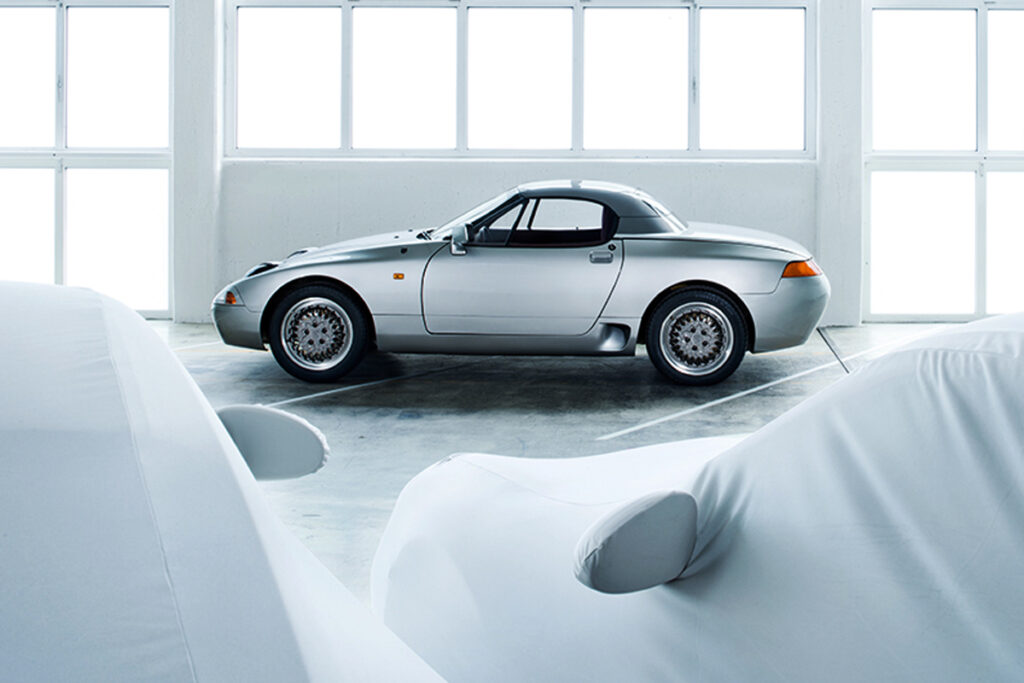
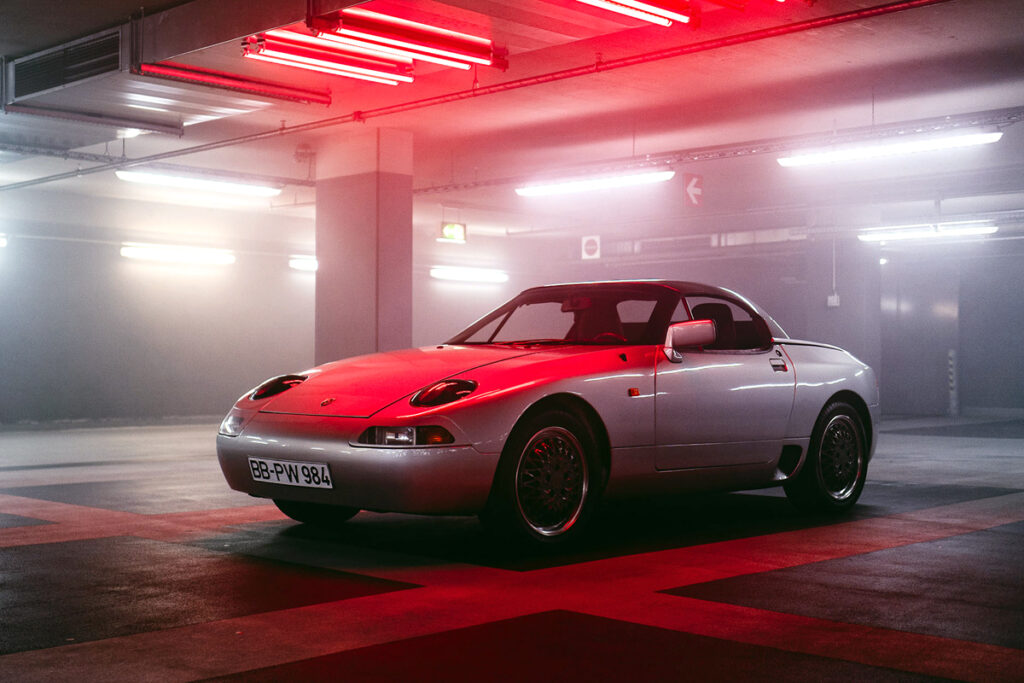
The Porsche 984 Junior, developed in 1987, is a precursor to the Boxster. Engineers endeavored to amalgamate a 125-horsepower air-cooled four-cylinder engine with all-wheel drive and a manual transmission. The endeavor proved unsatisfactory, leading them to forgo the all-wheel drive. However, the rear multi-link configuration from the Junior project was subsequently implemented in the Porsche 911 of the 993 series.

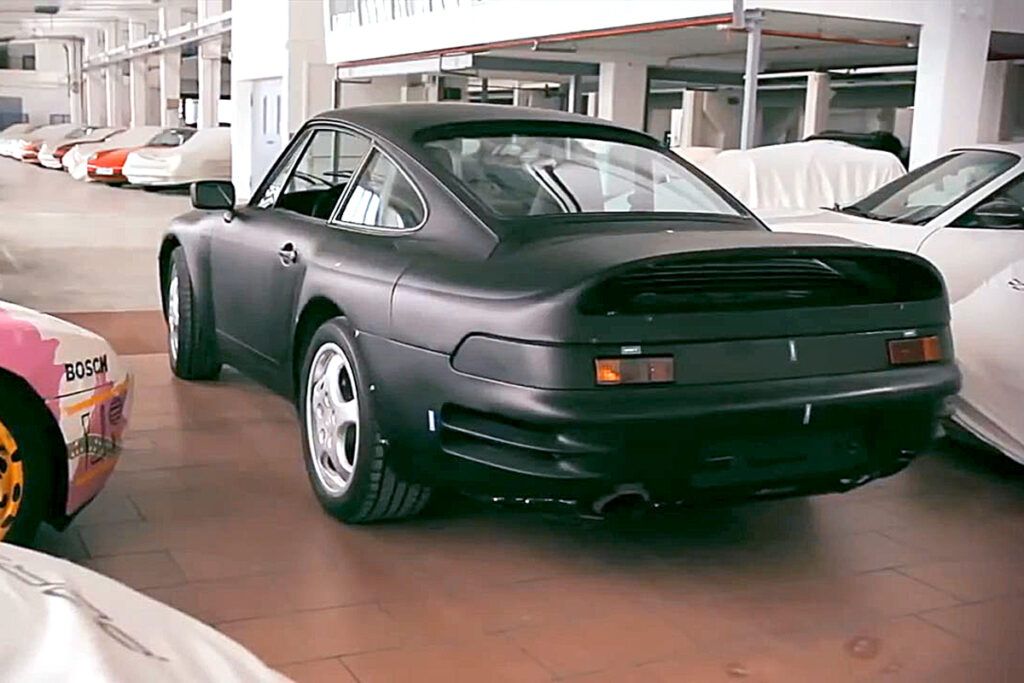
The Porsche 965 may bear a superficial resemblance to the 959 supercar, but beneath the facade, it was, in 1984, a potential heir to the 911 Turbo (930 series). Engineers were exploring avenues to augment engine power, but further development of the six-cylinder boxer engines proved to be intricate and costly. Around this time, Porsche was on the verge of losing faith in the path they had chosen. They even entertained the idea of utilizing donor engines and fitted a prospective water-cooled Audi V8 engine into the 965 prototype. The project was eventually shelved in the late eighties following a change in the company’s leadership. Engineers subsequently turned their attention to refining their own architecture, culminating in the release of the Porsche 911 Turbo of the 964 series in 1989.
But take note that the cutoff point seems to be set around the late nineties and early two-thousands. We were aware of a myriad of Porsche prototype projects from the seventies, eighties, and early nineties, but what the designers were toying with around the turn of the century and the first decade of the 2000s remains shrouded in mystery. And, interestingly, this was precisely the time when, according to Mauer’s reasoning, they were peering into that über-morgen, which has materialized into the present day. Even the Unseen project conspicuously sidesteps this period.
Secondly, the fifteen declassified vehicles were predominantly concept cars, many of which solely exist as full-scale models. However, among them, there were hardly any that offer insight into how Porsche envisages its distant future. Not a single futuristic concept, even from half a decade ago. Instead, we saw visions of an alternate present. This was how the designers perceived 2020 through their über-morgen lens, but they missed the mark.
Upon reflection, it’s conceivable that almost any of the disclosed vehicles could be on the roads today. There were models in the archive that prompt one to ponder – what exactly was amiss? Why, for instance, didn’t they launch a 911 Safari edition based on the 991-generation coupe? Or what was the flaw in the idea of a three-door Macan equipped with the same safari kit?
Michael Mauer asserted that, in reality, none of the fifteen projects were initially envisaged as production cars, but rather as creative exploratory endeavors for which the studio receives funding without any obligation for production. However, he conceded that in some instances, a business case was still assessed. Mauer further divulged that some of these projects are not actually shelved indefinitely but are merely on hold. This is where it became even more intriguing!
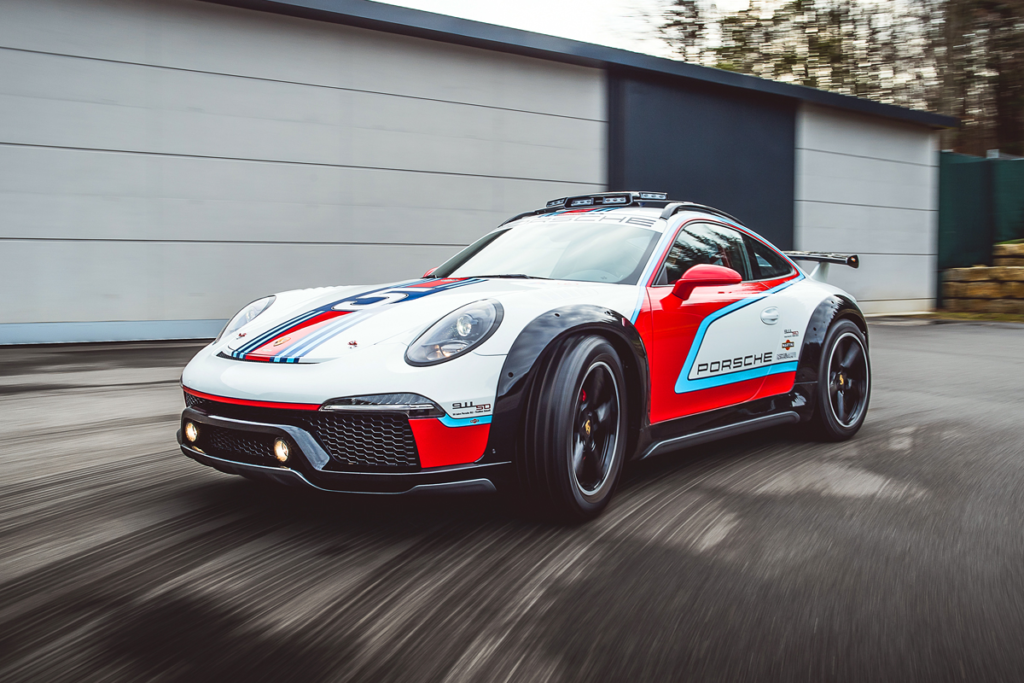
Porsche 911 Safari
It appeared that Porsche was laying the foundation for some significant new venture. There were a couple of theories as to why they chose to unveil these vehicles. The first one was the most straightforward: in the absence of presentations and auto shows, they needed to maintain the momentum of information dissemination. And Porsche was not putting all its cards on the table at once – take note that only one project had its interior revealed. This implied that an ‘Unseen II’ focused on interiors was almost a certainty. Particularly since Porsche’s interiors have their quirks. Or, perhaps, are too polished, especially when it comes to the abundance of touchscreens.
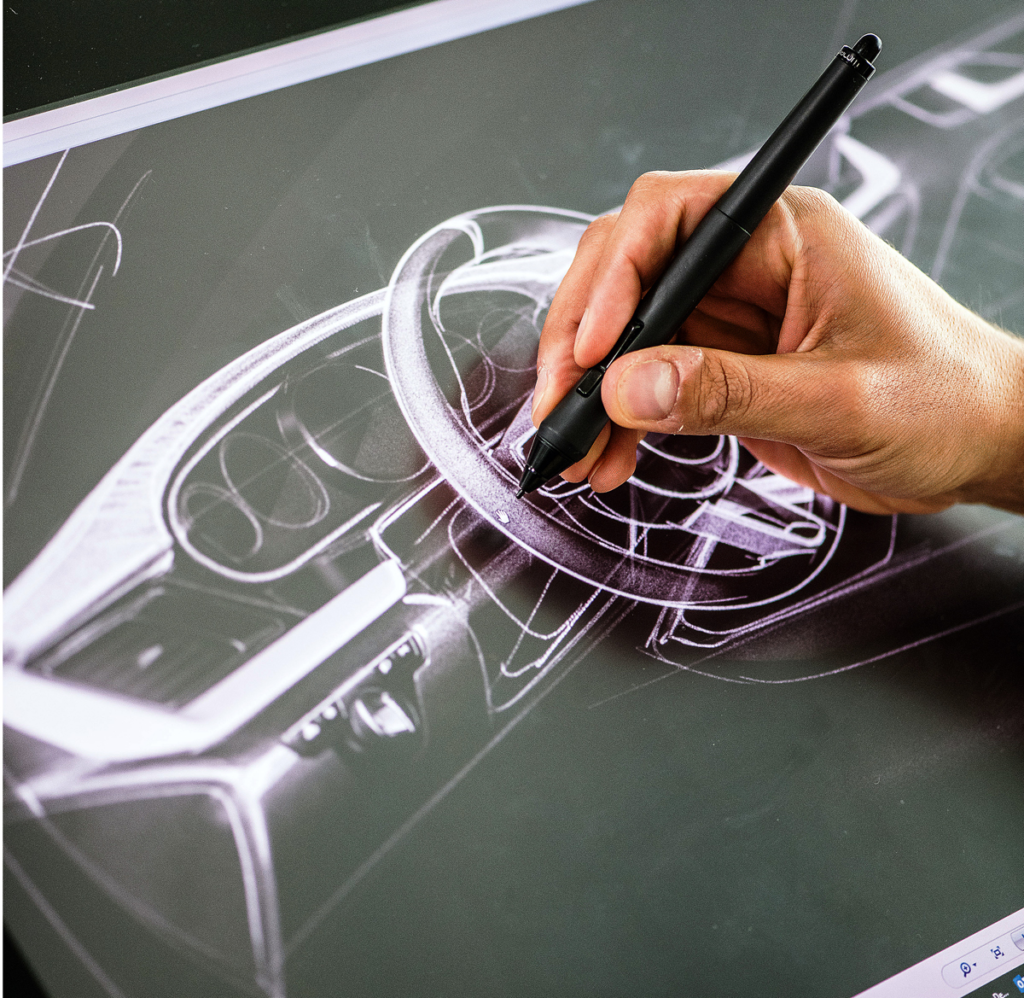
The second hypothesis suggested that Unseen was an elaborate market research initiative aimed at gauging public opinion. This was typically done with concept cars at exhibitions, but that time they opted for a more expansive approach through a book and online platforms. Porsche seemed to be subtly inquiring: “We’ve brainstormed some concepts here regarding electric hypercars and multi-purpose vehicles; what are your thoughts? Is it worth pursuing further?”
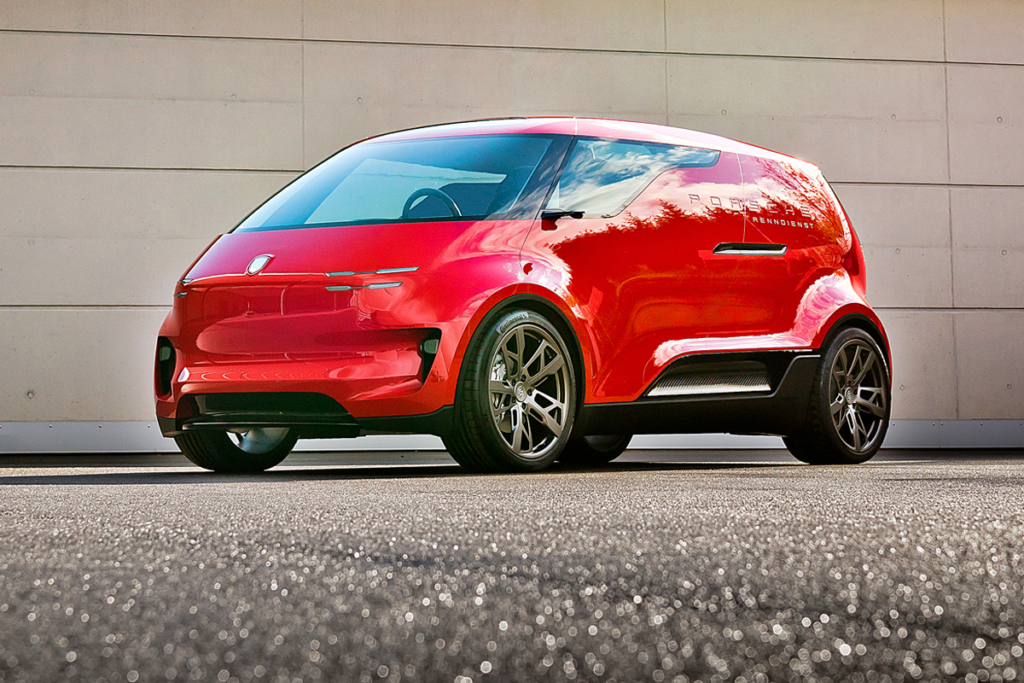
And the third hypothesis was that they are laying the groundwork for a division focused on exclusive cars. There was no doubt that the phone at the Weissach studio was ringing off the hook with calls from individuals eager to acquire these cars at any cost on the evening the archives were revealed. It wouldn’t be far-fetched to take a page from Ferrari’s book regarding their program for building custom-designed cars, particularly since some of the concepts already had a genuine technical basis. When directly questioned about what would happen if a sheikh arrived at Weissach with suitcases brimming with cash, Mauer responded, “Porsche has experience in producing exclusive projects, although not in such radical forms. But one can recall, for instance, the track model 935, which was produced in a limited run of 70 units. Like any designer, I yearn for each of the projects we’ve created to materialize into a real car, but we are not solely artists; we are part of an industry and a subsidiary of a large corporation. So, if proposals come our way, we will deliberate and make calculations. Perhaps we’ll be inclined to proceed, or maybe not.”
Porsche 960 Turismo
Mock-up, 2016
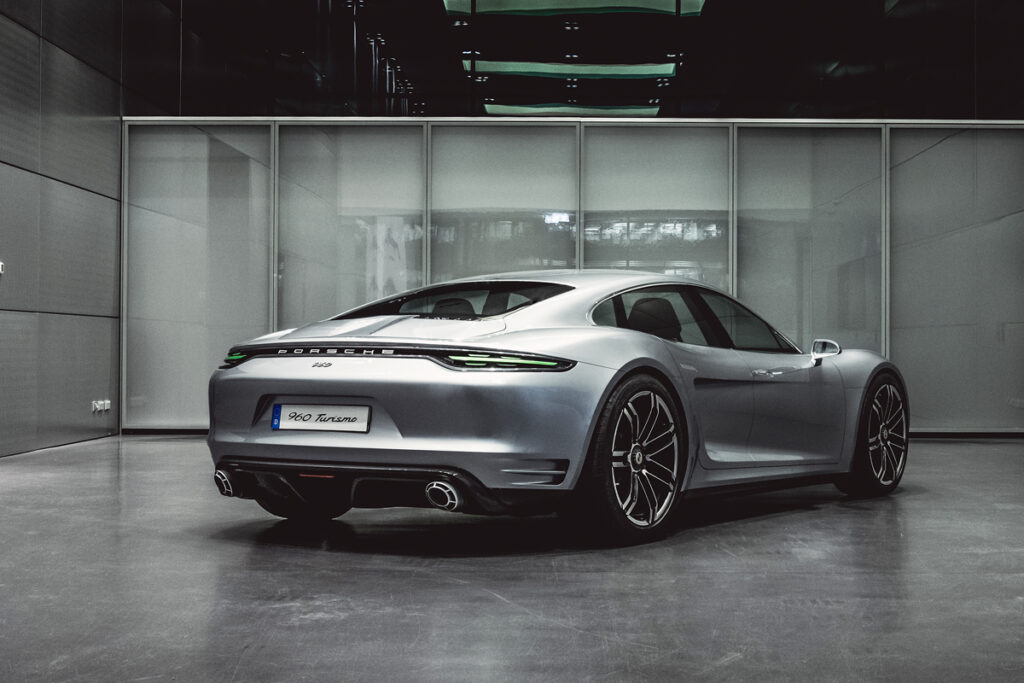
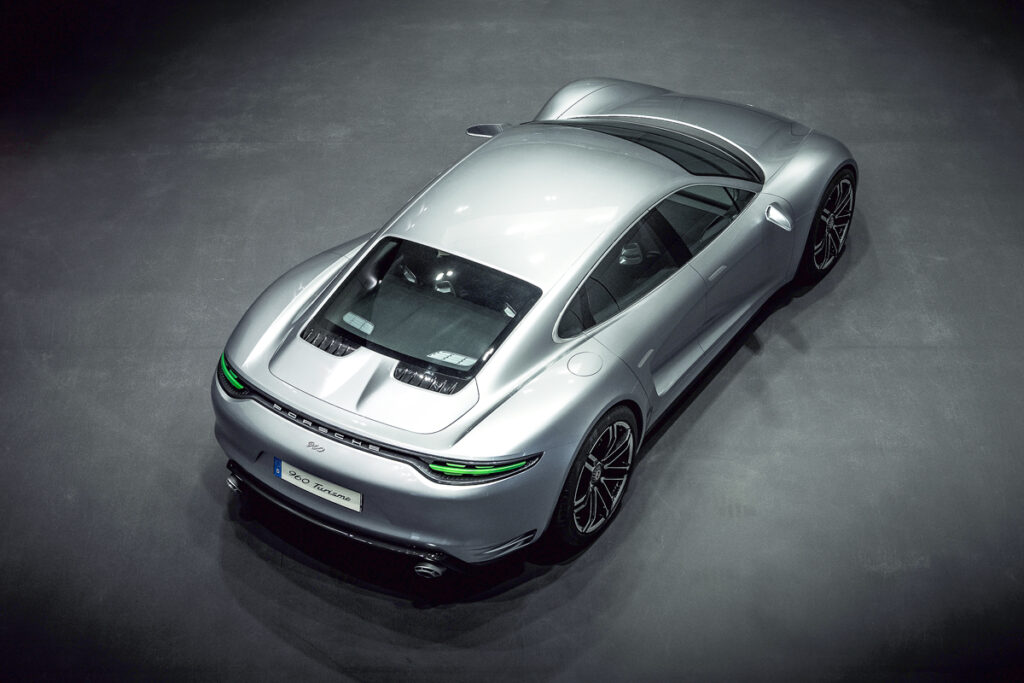
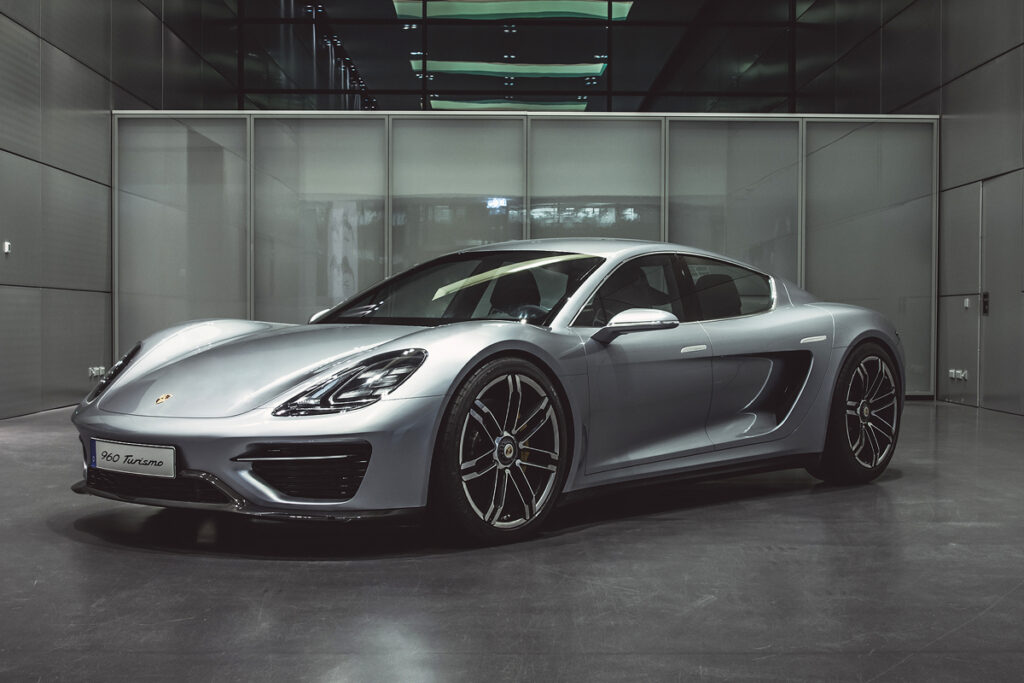
Legend has it that the Taycan project was born out of a serendipitous moment. Michael Mauer was casually strolling through the studio when he spotted what he thought was the silhouette of the 918 model with rear doors on a designer’s tablet. Upon a closer look, he realized it was an optical illusion, where he had mistaken a rough outline for the seam of a door. Nonetheless, the idea took root. Shortly thereafter, a full-scale clay model of a four-door supercar, the 960 Turismo, equipped with a mid-mounted internal combustion engine, was crafted. However, it never evolved into a running prototype. The unconventional layout spurred the designers to contemplate that such a car warranted a new kind of powertrain – and thus the concept of the electric super hatchback Mission E was conceived, which sported an entirely different aesthetic. Intriguingly, these two projects coexisted for a while: Mission E was unveiled in 2015, while the 960 Turismo is attributed to 2016. It’s worth noting that it is from the 960 Turismo that the current production models inherited the illuminated strip featuring the “Porsche” inscription on the rear.
Porsche Vision Renndienst
Mock-up, 2018
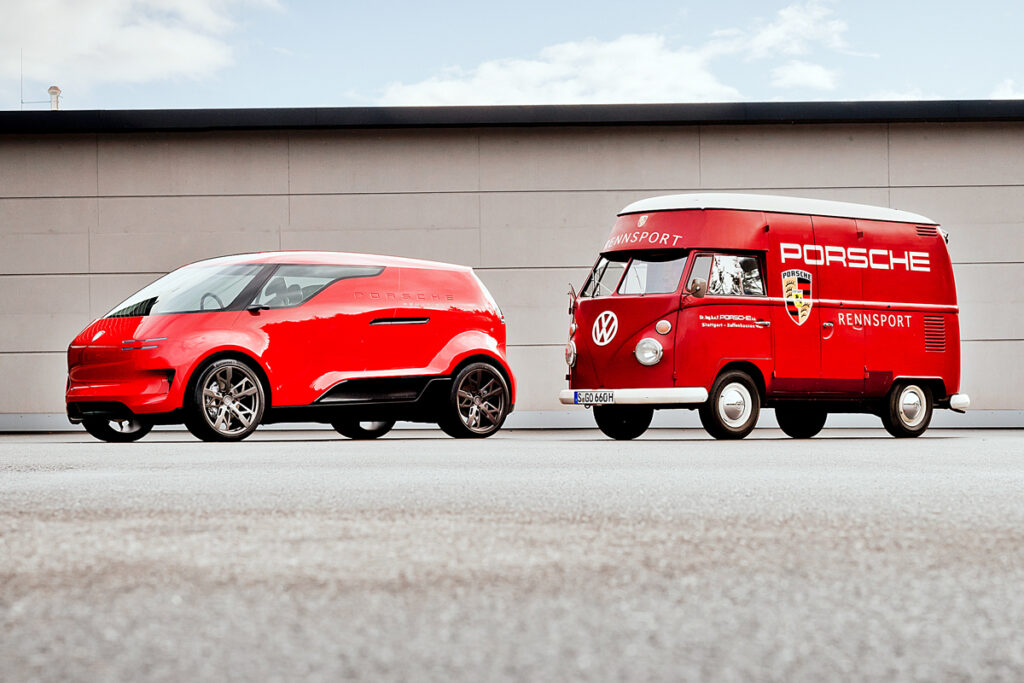
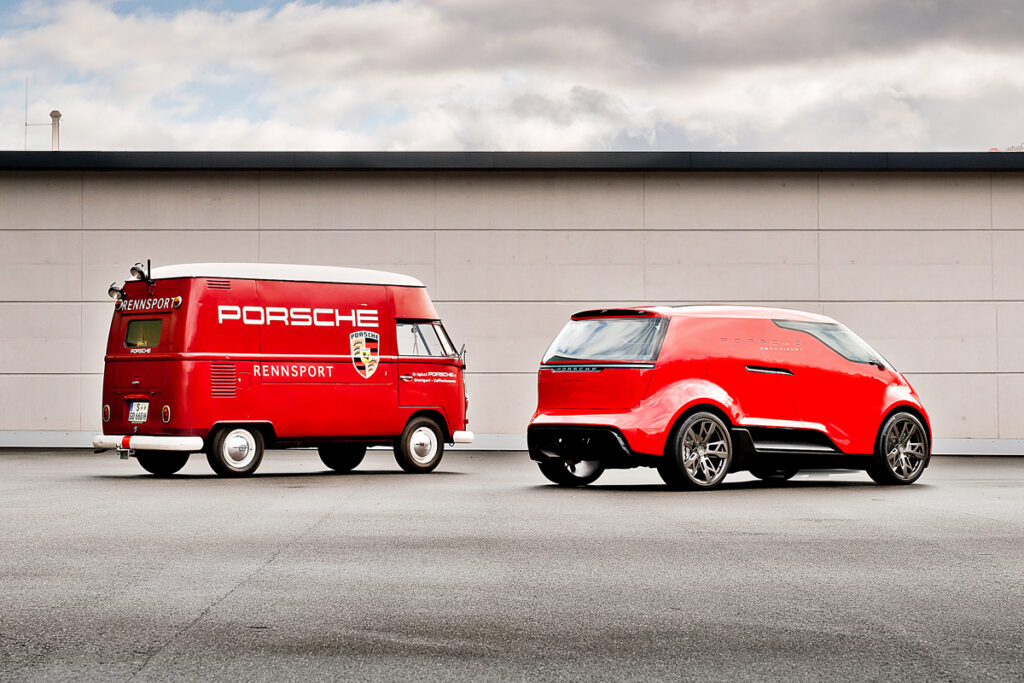
Crossovers, station wagons, electric cars – what was next? A minivan? It had already existed. Porsche tested how a minivan would fit into its ideology, in tandem with the development of the Taycan. Essentially, there is no need to look far for historical precedents: there was the Porsche B32 based on the Volkswagen T3 microbus, and even earlier, a race support vehicle based on the T1. For now, Porsche created – or, more accurately, “displayed” – a van in the guise of a swift motorsport technical support vehicle. However, it was labeled “Sport Tourer” on the rear – that was an authentic family shuttle for five passengers, with each occupant having their own bucket seat. The driver sits alone in the center of the cabin, and batteries and electric motors are envisaged to be installed beneath the floor. Also, take note of the transparent brand emblem. Admittedly, this Porsche Sport Tourer was merely a full-scale model, but remember what transpired with the Panamera Sport Turismo station wagon concept?
Porsche 904 Living Legend
Mock-up, 2013
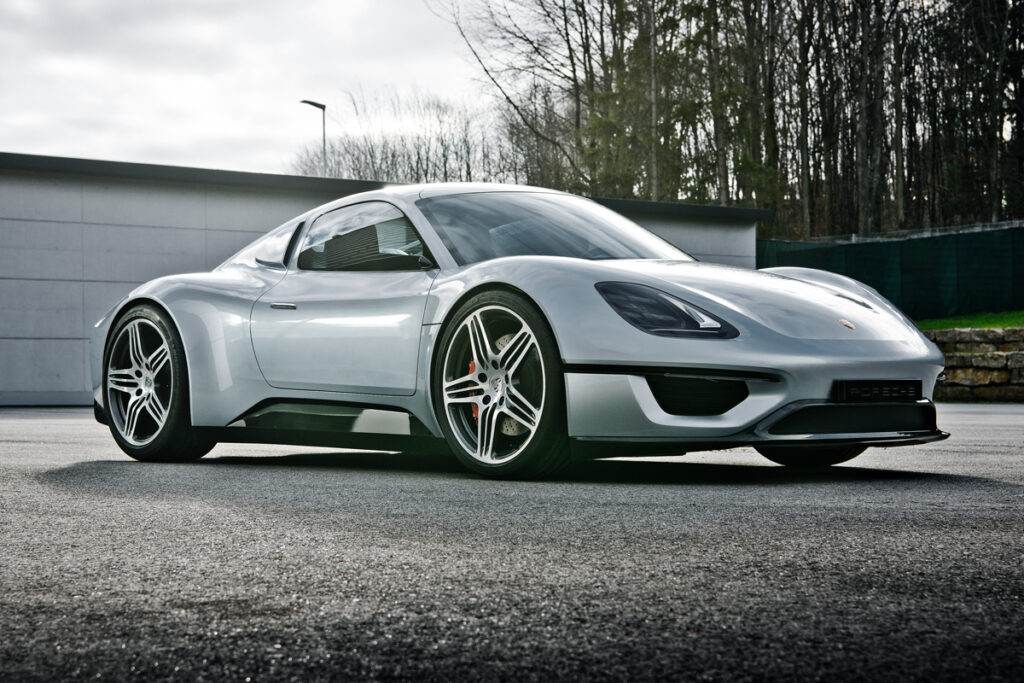
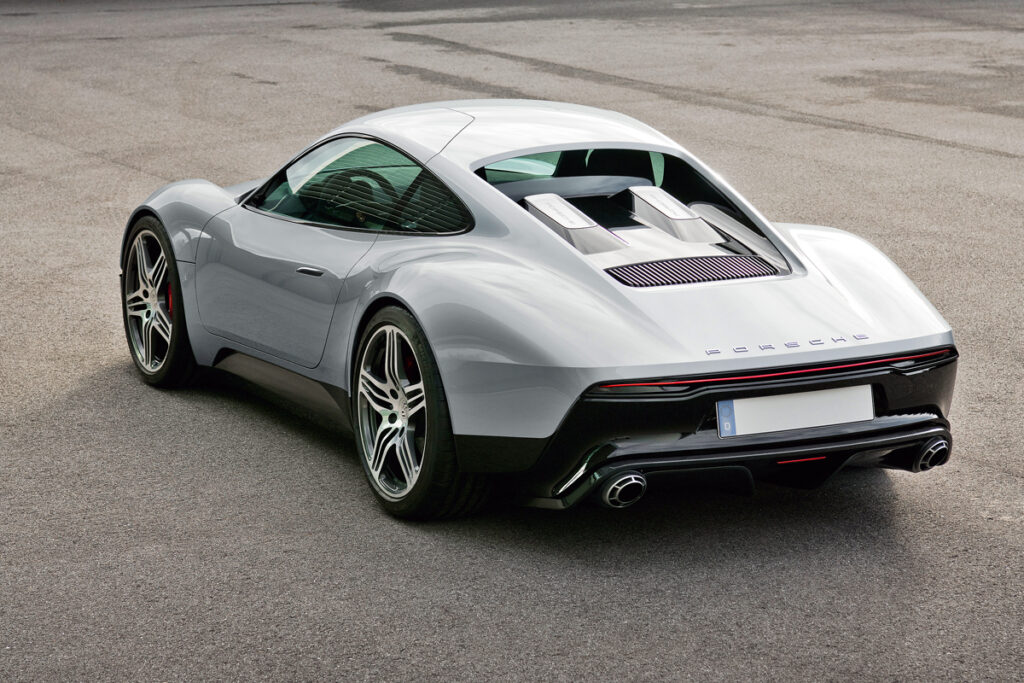
Another intriguing tale of idea exchanges between different projects. Let’s recollect the carbon-fiber Volkswagen XL1, revealed in 2013. This limited-production ultra-light car boasted fuel consumption of 1 liter per 100 km. Porsche created its own iteration of this “one-liter” coupé. However, in Weissach, they were more captivated by the lightweight body technology than fuel efficiency. While Volkswagen employed a diesel-electric powertrain with a two-cylinder 0.8 TDI engine, Porsche’s version boasted a V2 motorcycle gasoline engine. This car ended up being significantly heavier than the XL1, but appeared far more appealing. The Porsche 904 Living Legend was arguably the most graceful project from the entire Unseen archive: it’s regrettable that the car remained a full-sized model. Nevertheless, Porsche doesn’t divulge the full narrative. It turned out that the concept, which didn’t align with Porsche’s vision, was handed back to Volkswagen – and a year after the creation of this model, the Volkswagen XL1 Sport was unveiled. Though not as elegant as the Porsche, it was equipped with a V-shaped 1.2 (200 hp) “twin-cylinder” engine from the Ducati 1199 Superleggera motorcycle. It could accelerate to 100 km/h in 5.7 seconds and attain a top speed of 270 km/h. Moreover, it’s worth noting that the silhouette and some details of this Porsche from seven years ago found their manifestation in the Hyundai Prophecy concept car of 2020. It’s a shame that Porsche didn’t credit the authors of the projects featured in the Unseen collection. But the reason might be that not all of them were still employed at Weissach.
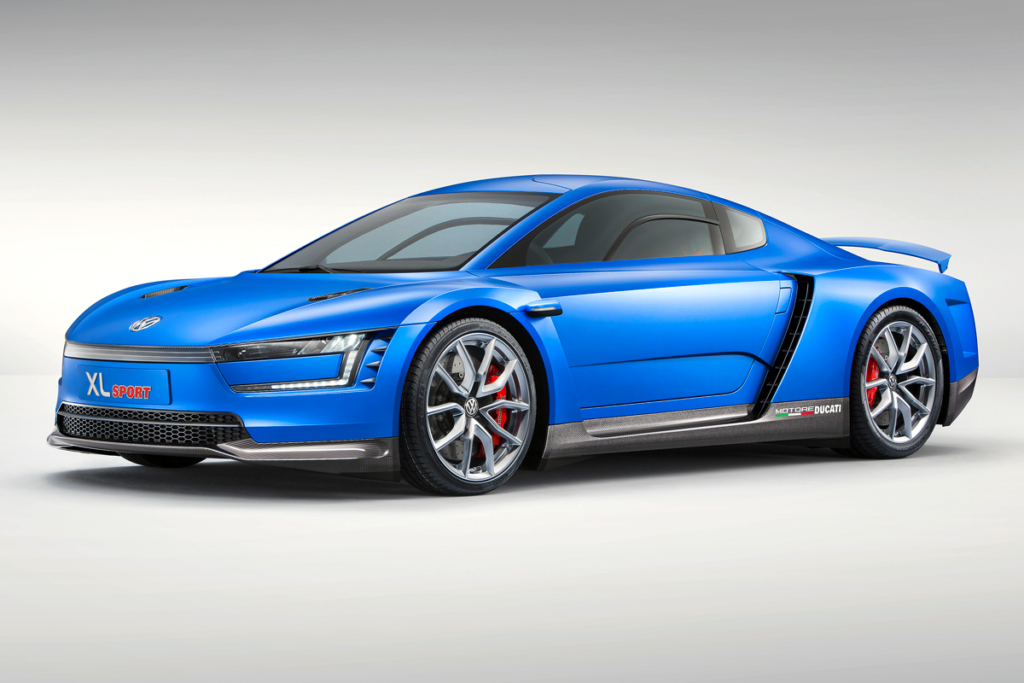
Volkswagen XL1
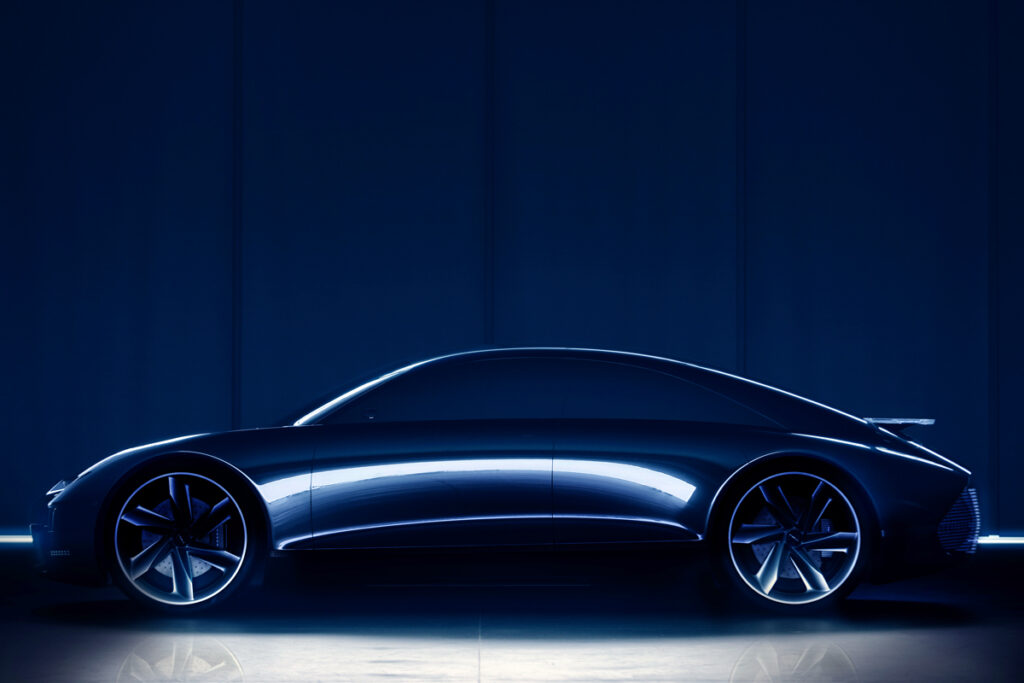
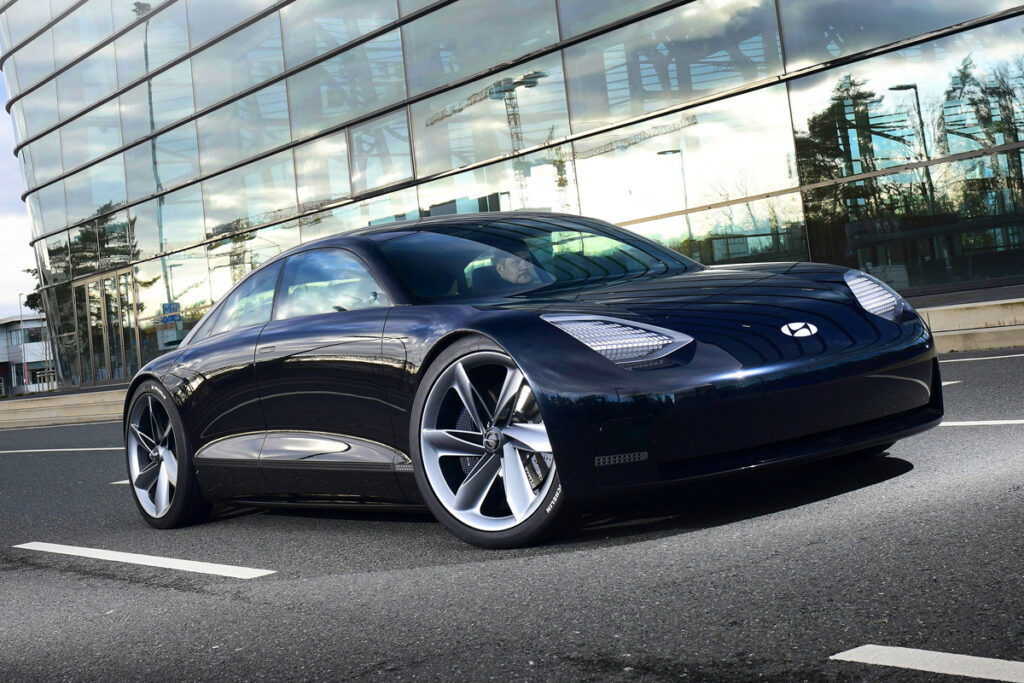
Hyundai Prophecy
Porsche Vision Spyder
Mock-up, 2019
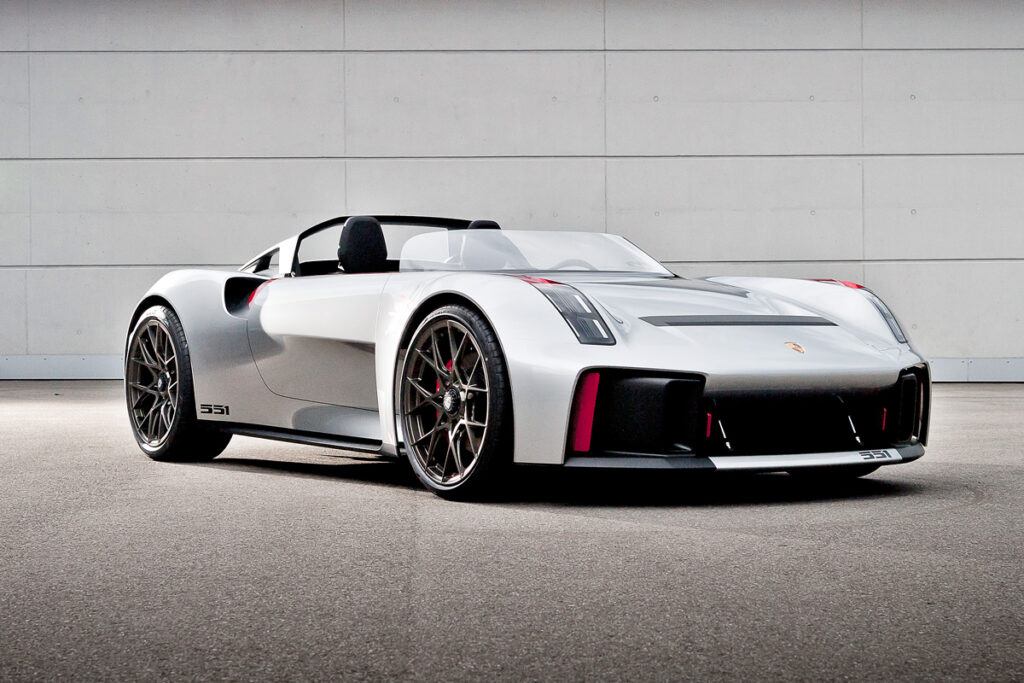
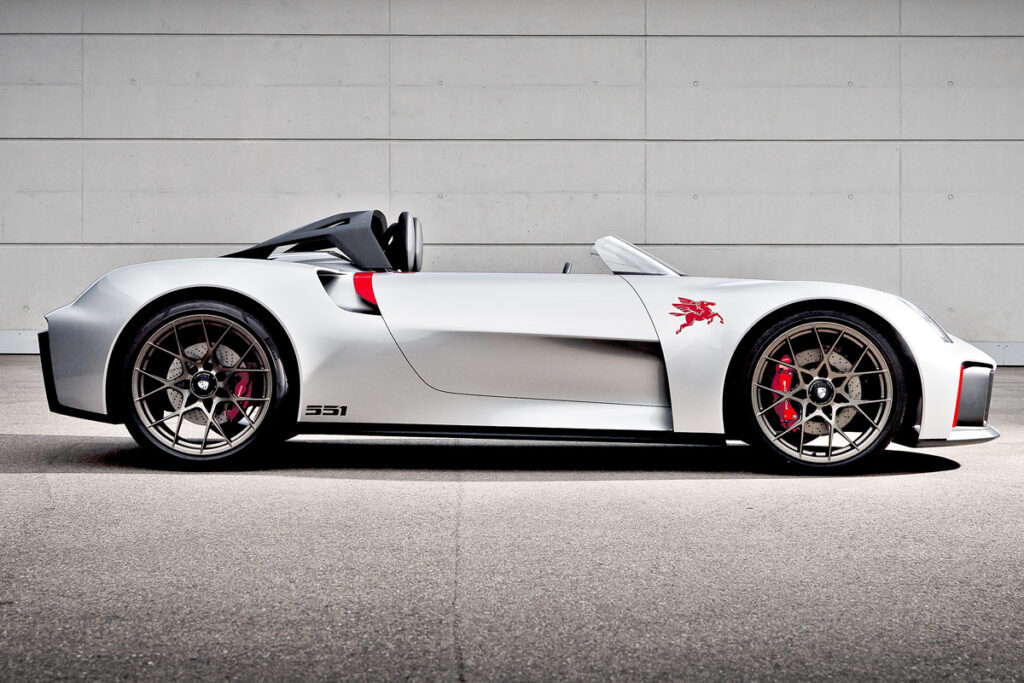
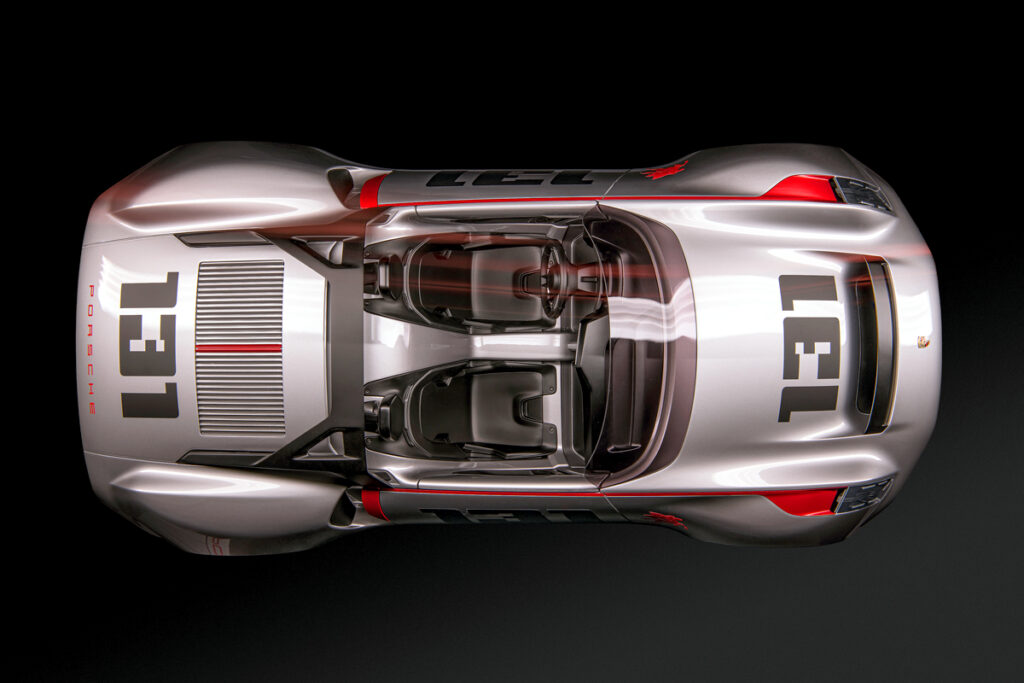
The idea of the smallest and most affordable Porsche had been circulating in Weissach for over ten years, and is fueled by nostalgia for the iconic 550 Spyder that James Dean drove. An attempt to create a sports car more affordable than the Boxster came very close to realization in 2009. At that time, Porsche, Volkswagen, and Audi jointly prepared a roadster project with a four-cylinder powertrain from the Audi TT, but positioned transversely behind the seats. Volkswagen showcased the Blue Sport concept car; the Porsche version was supposed to be called the 550, while for Audi, the rumored name was R5. However, around 2012, the entire project was shelved – at least that’s what the German press reported, and none of the trio displayed similar cars again. Nevertheless, the idea remained alive, and a small sports car mock-up named Vision Spyder was built, featuring all the necessary attributes for a new entry-level Porsche, including the 551 index on its sides. Michael Mauer revealed that with this car, his team developed a new form of the brand’s signature headlights – vertical rectangles instead of round lights – a true revolution. Additionally, as part of the Unseen project, designers also exhibited a clay model of the Vision 916 project (created in 2016), which also embraces minimalism but employed four electric motors in the wheels instead of an internal combustion engine.
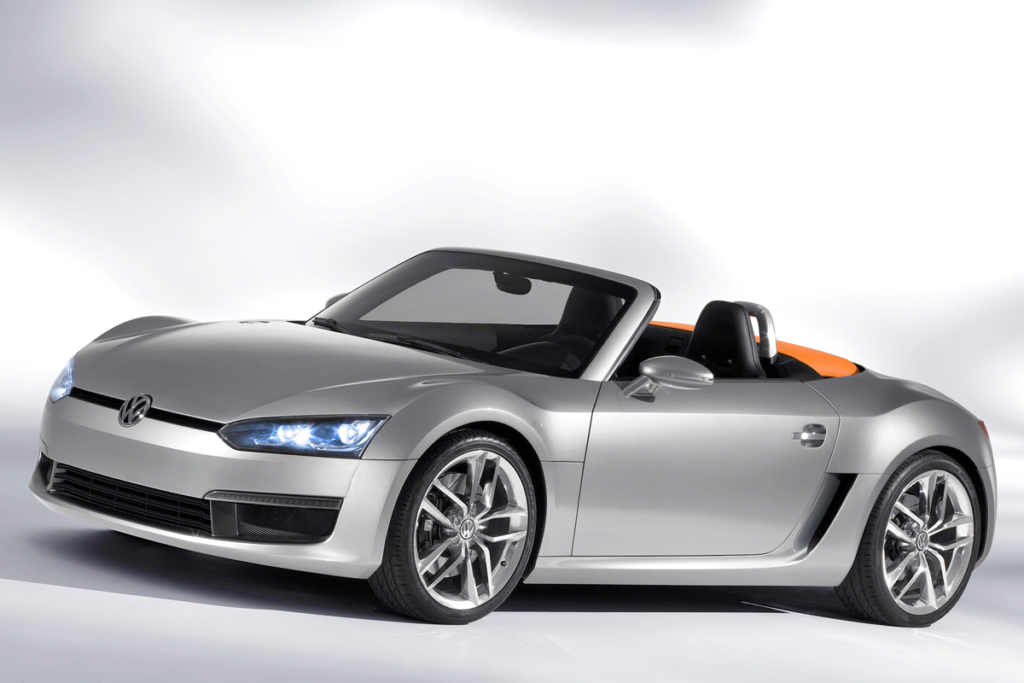
Volkswagen Concept BlueSport
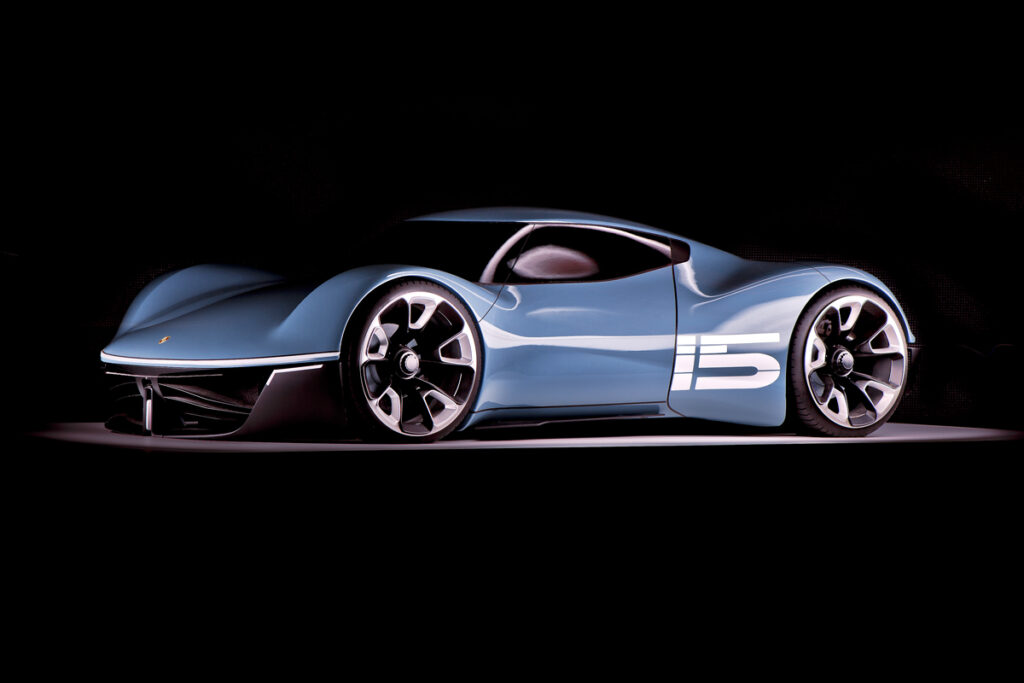
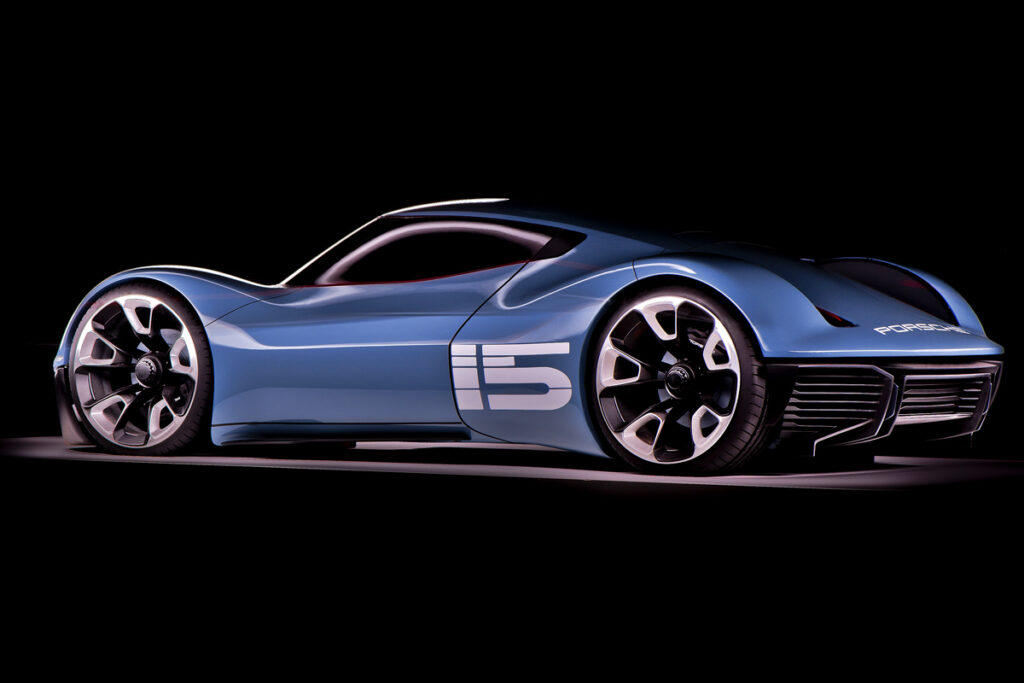
Porsche Vision 916
Le Mans Living Legend
Clay model, 2016
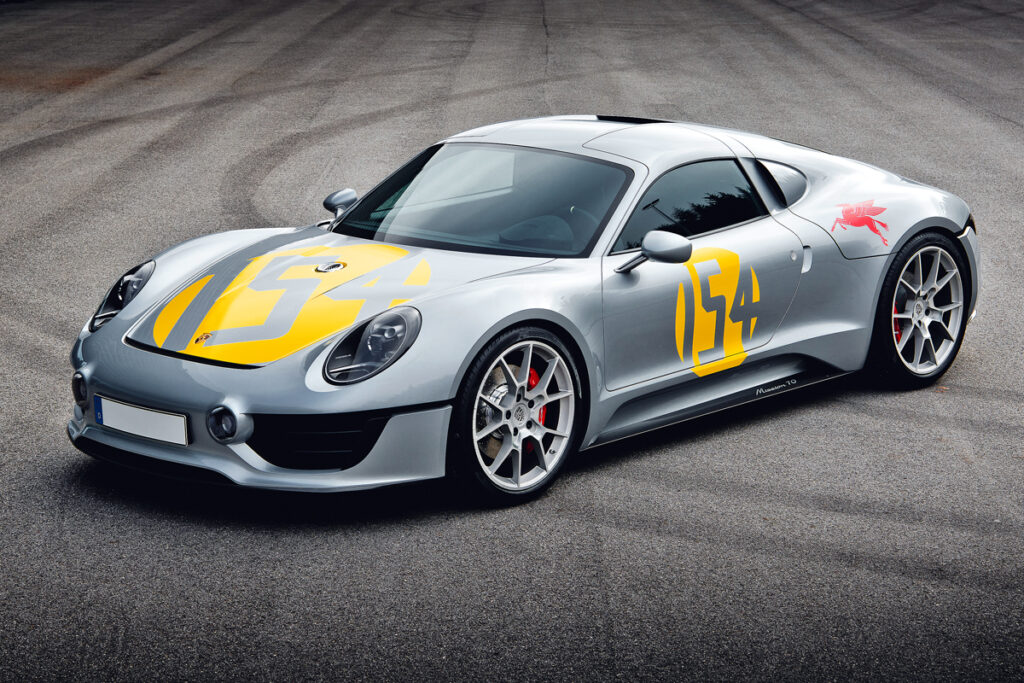
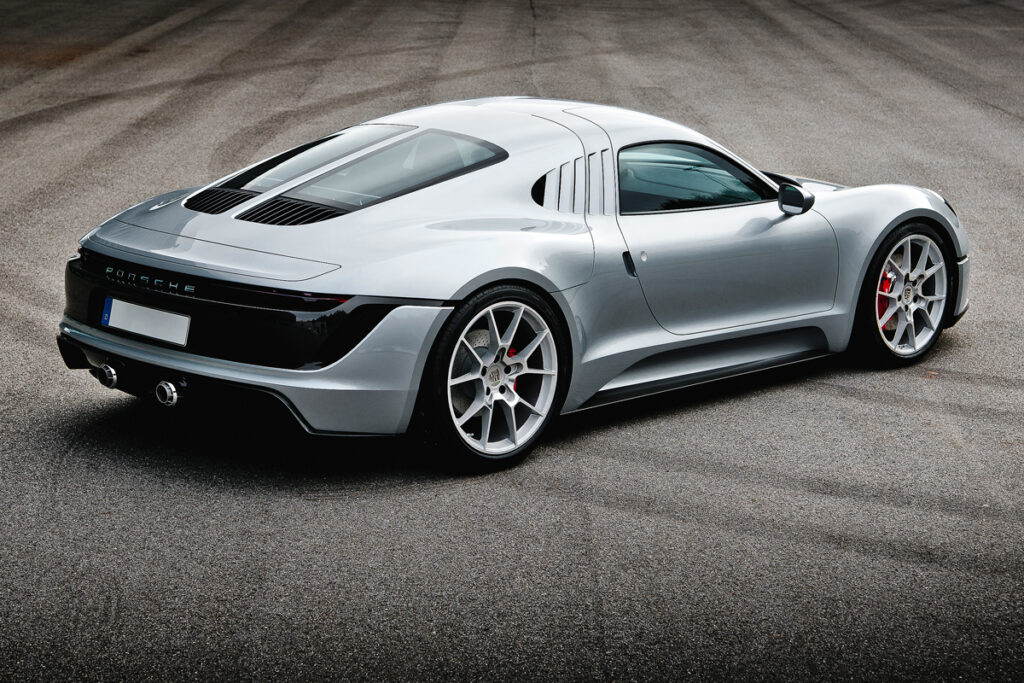
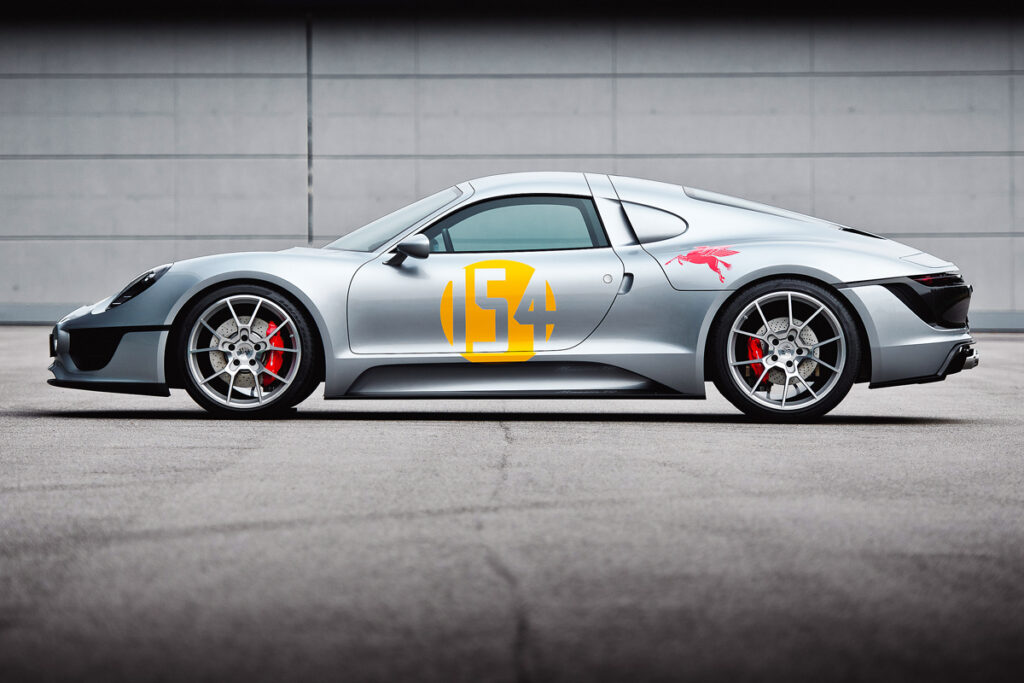
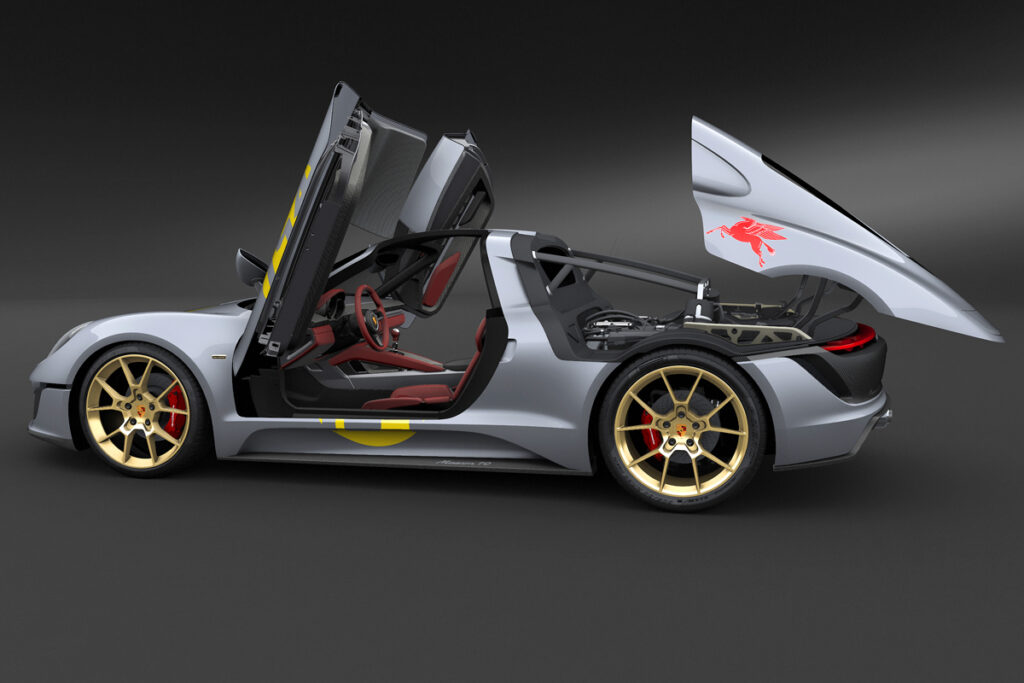
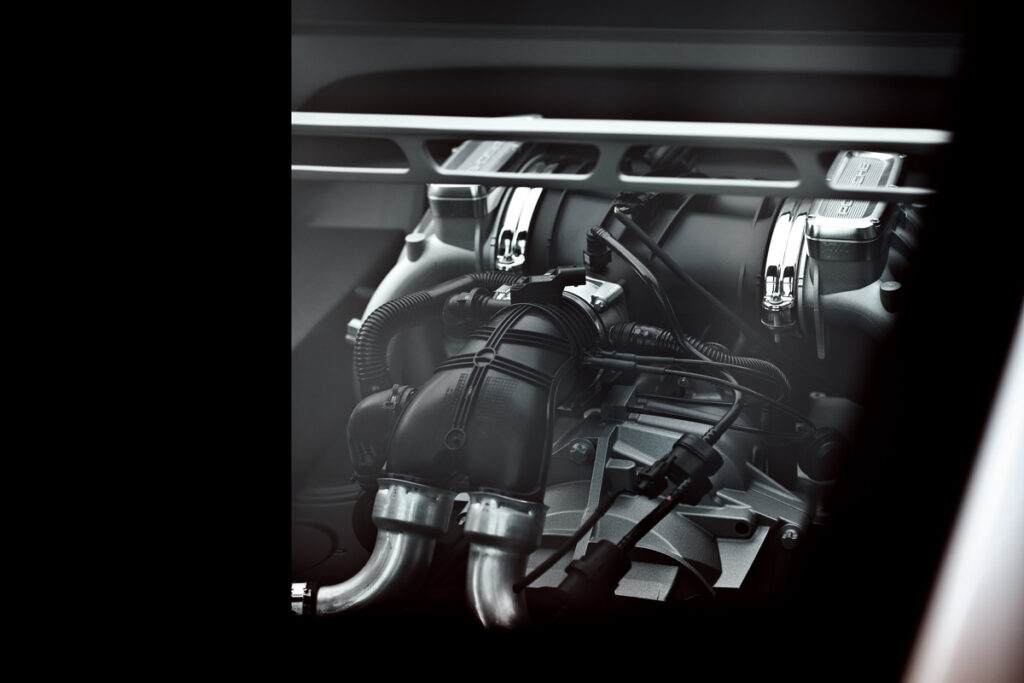
Porsche designers were also fantasizing about the most “ferocious” of their small mid-engine cars. One of the options was a coupe with an eight-cylinder engine based on the Boxster platform. The front end with round headlights from the 911 should not be misleading. Firstly, inspiration was drawn from the bug-eyed sports prototype 550 Le Mans, with which the Porsche team made its debut at Le Mans in 1953. Secondly, the front sections of the 911 and Boxster platforms were standardized. What was most surprising was the eight-cylinder engine mentioned in the description of this project – such an engine with Boxsters and Caymans had previously only been implemented by tuners. However, if we took the word of Porsche designers, this car existed only as a clay model, meaning the components are hypothetical, especially since computer illustrations depict a conventional six-cylinder boxer engine in the engine bay. The idea of a “beast” for this line eventually materialized in the Porsche 718 Cayman GT4 coupe.
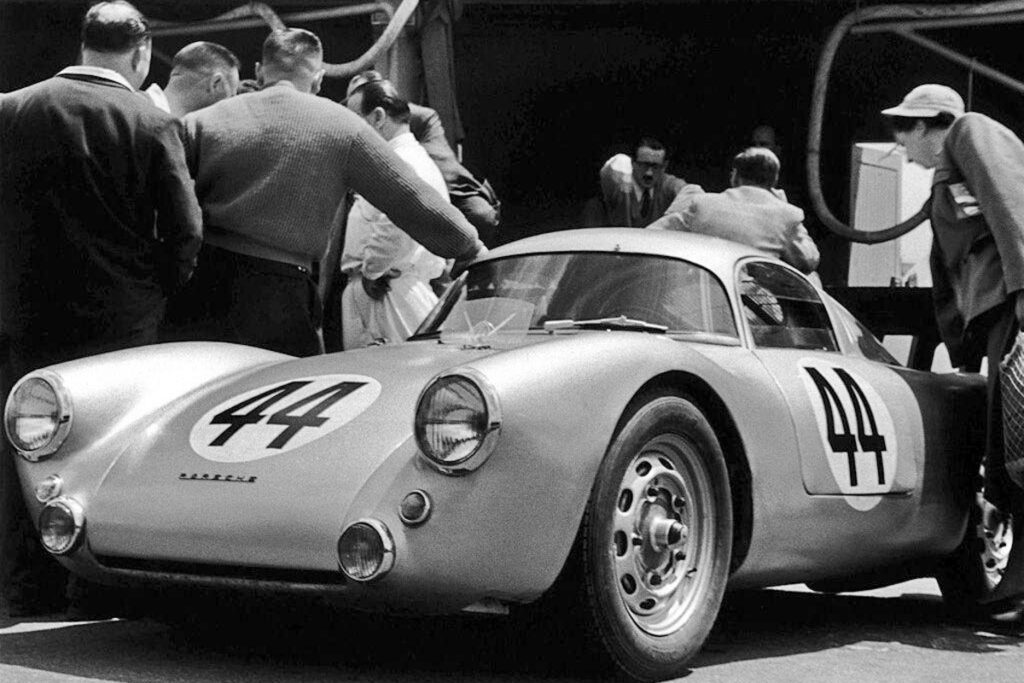
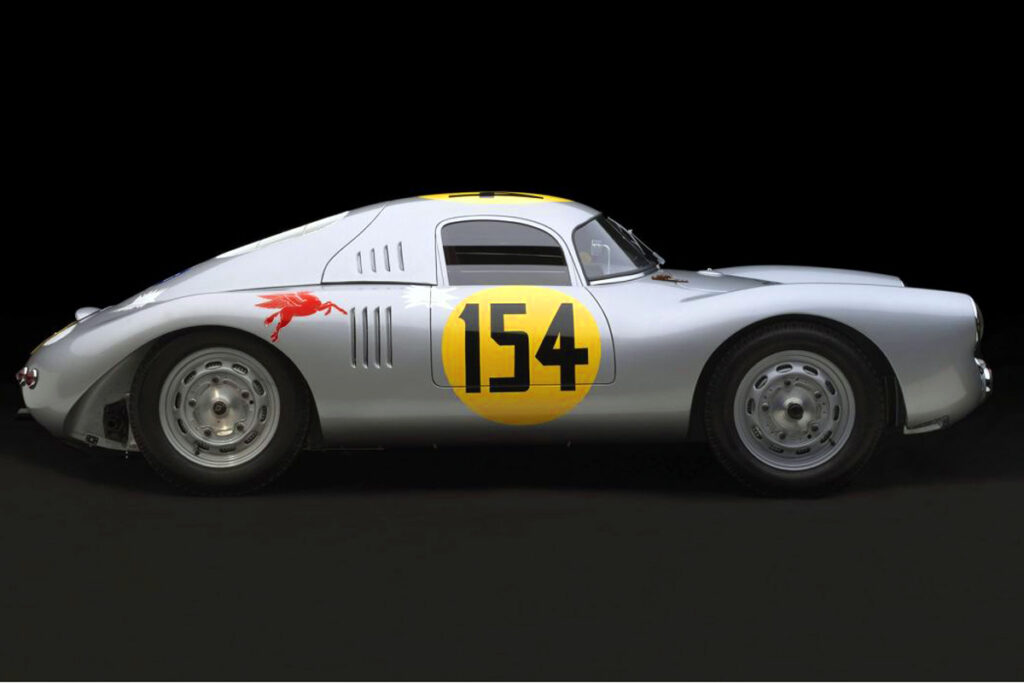
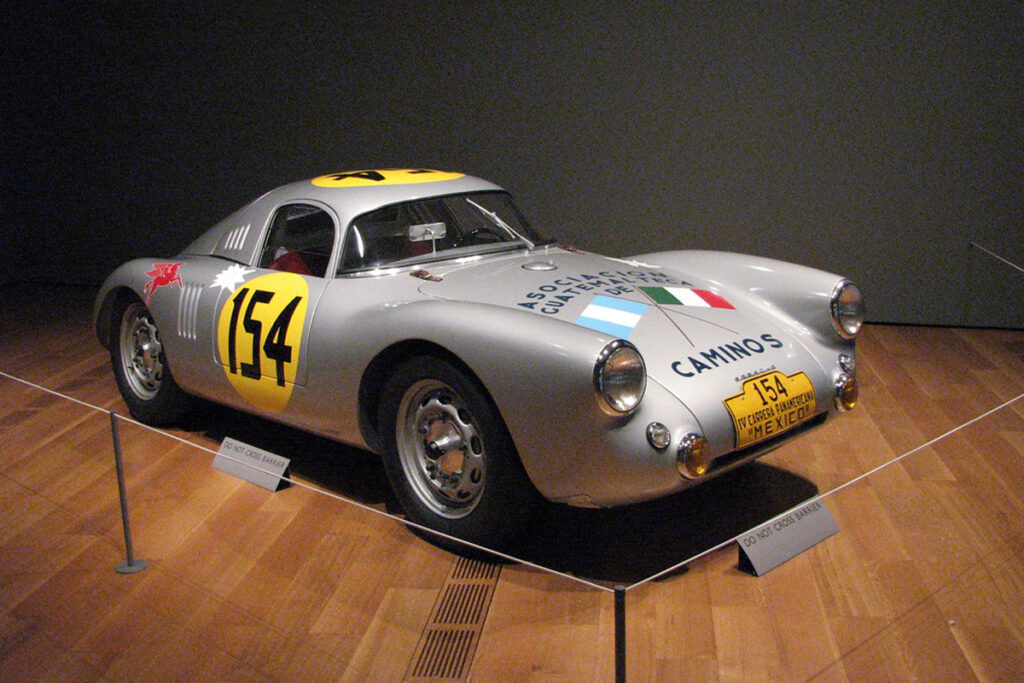
Porsche 550 Le Mans
Porsche Boxster Bergspyder
Running prototype, 2014
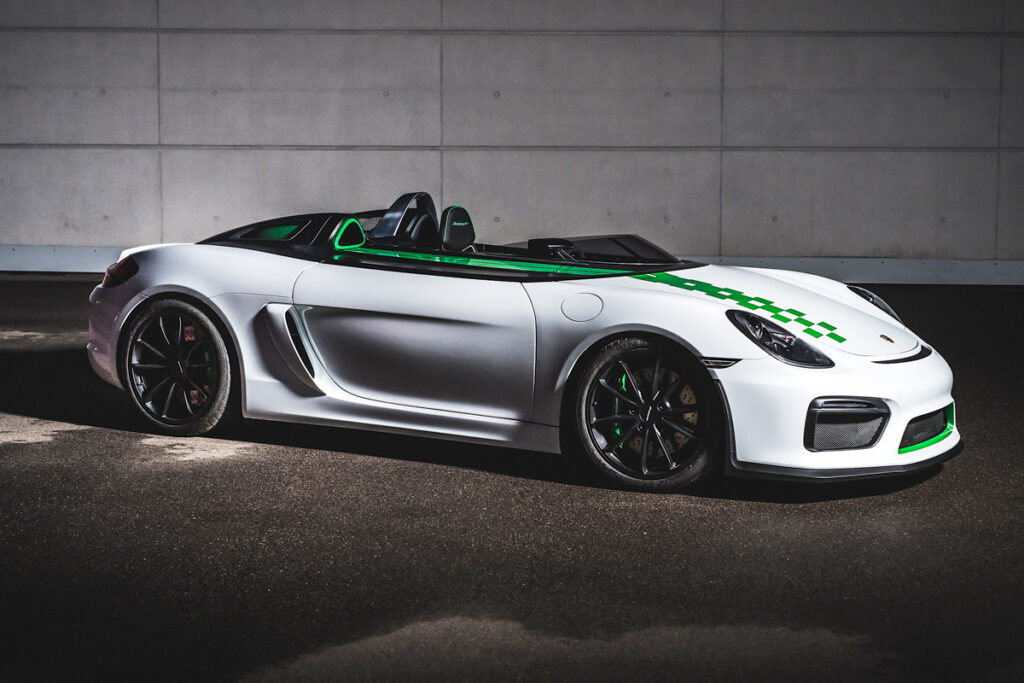
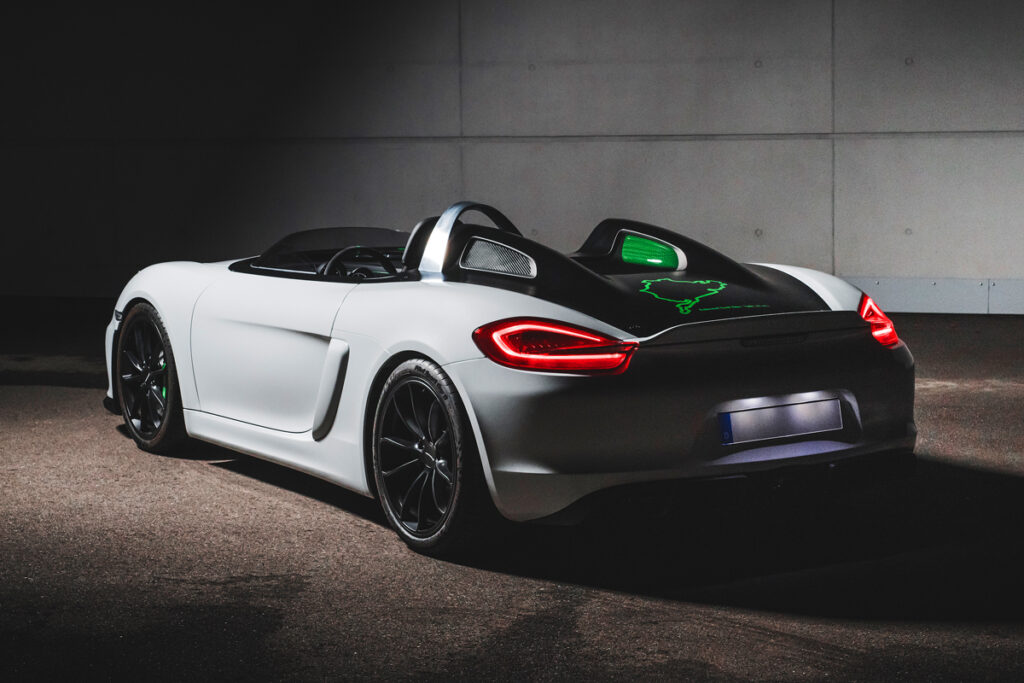
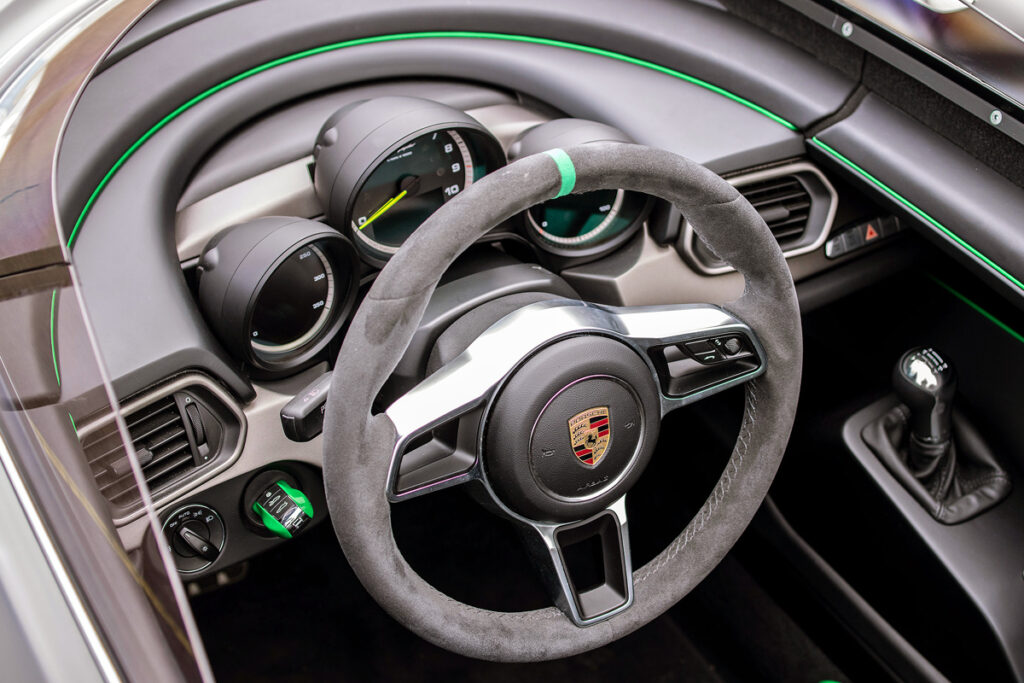
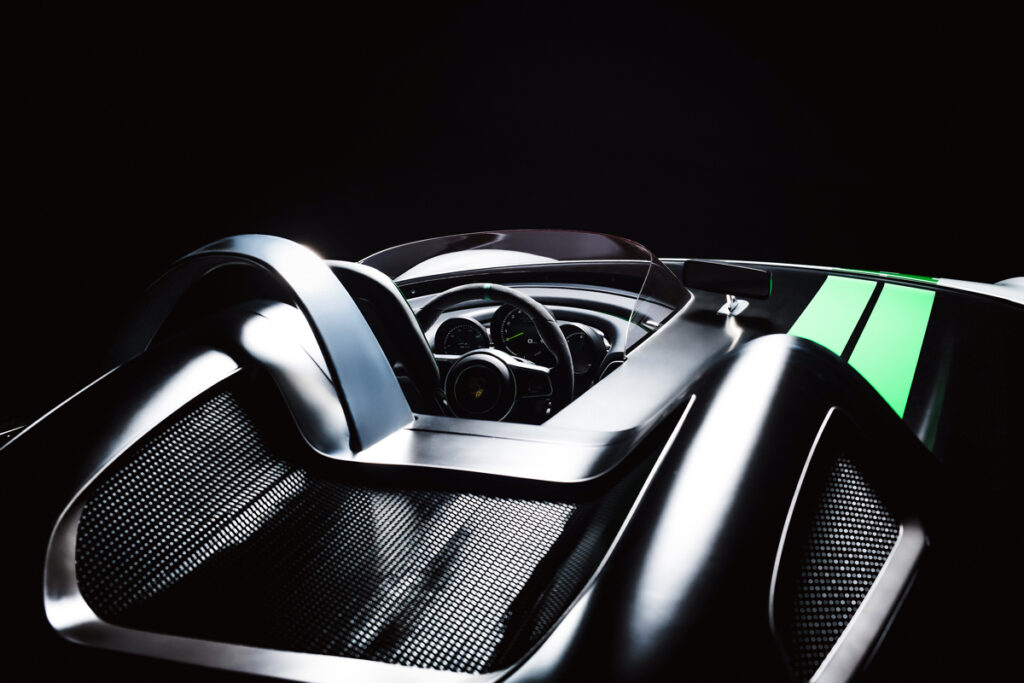
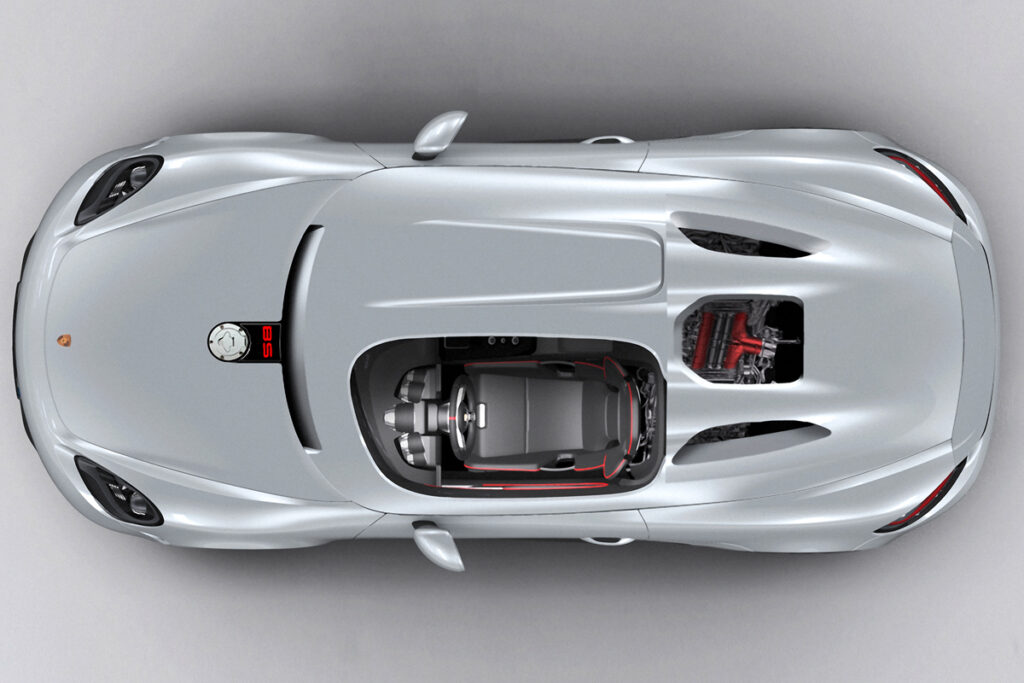
Another variation for the Boxster line was a single-seater spyder in the style of hill-climb racing cars. Built on the 981 series roadster, the car weighed only 1130 kg after modifications. The engine was a naturally aspirated 3.8L producing 393 hp, borrowed from the Cayman GT4 coupe. The seat and instruments were from the 918 Spyder supercar, and in place of the passenger seat, there was a closed luggage compartment, accessible through the regular right door. This was the least secretive car from the Unseen archive (it was displayed to the public back in 2019) and was simultaneously the most technically advanced. The Bergspyder even symbolically participated in the Gaisberg Hillclimb race. The project was developed to gauge potential demand for such exclusive versions and to understand production possibilities, but it turned out that not all countries would permit a single-seater spyder without a full windshield on public roads, which would hamper sales. The business case did not come together, and the project was shelved. However, it seemed not entirely, because a photo – whether accidentally or intentionally – found its way into the Unseen archive compilation, showing a top view of a single-seater variant of today’s Box.
Porsche 911 Vision Safari
Running prototype, 2012
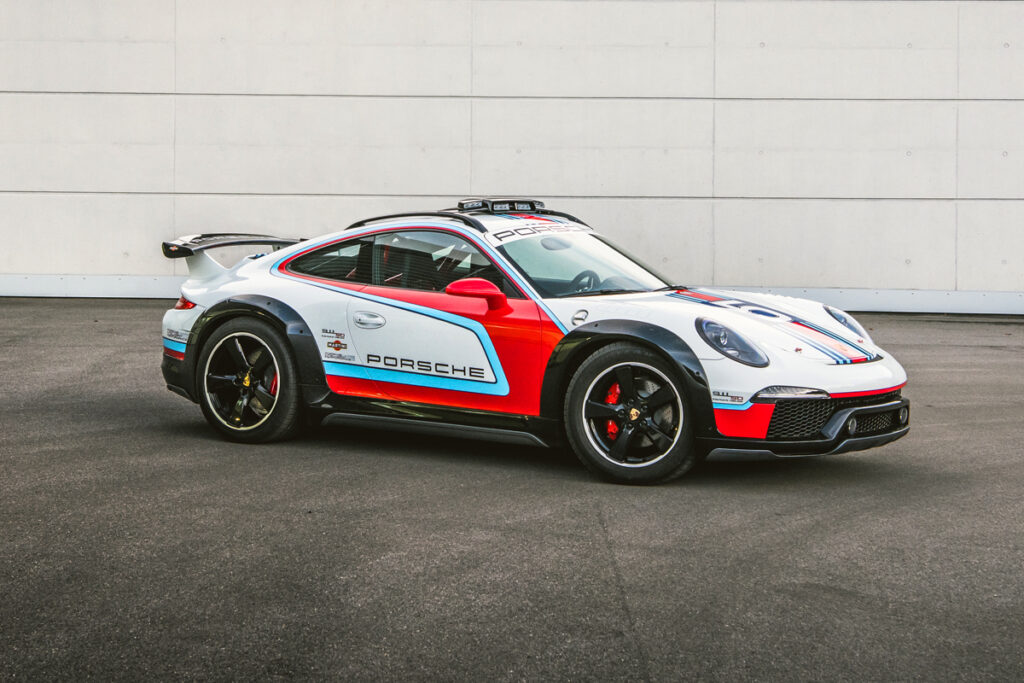
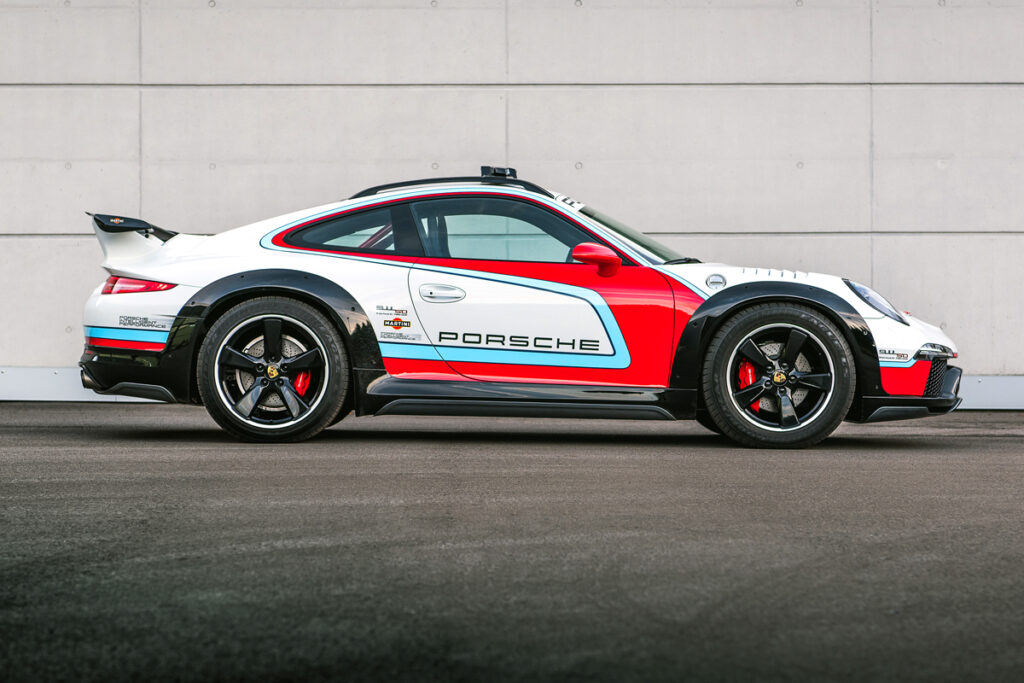
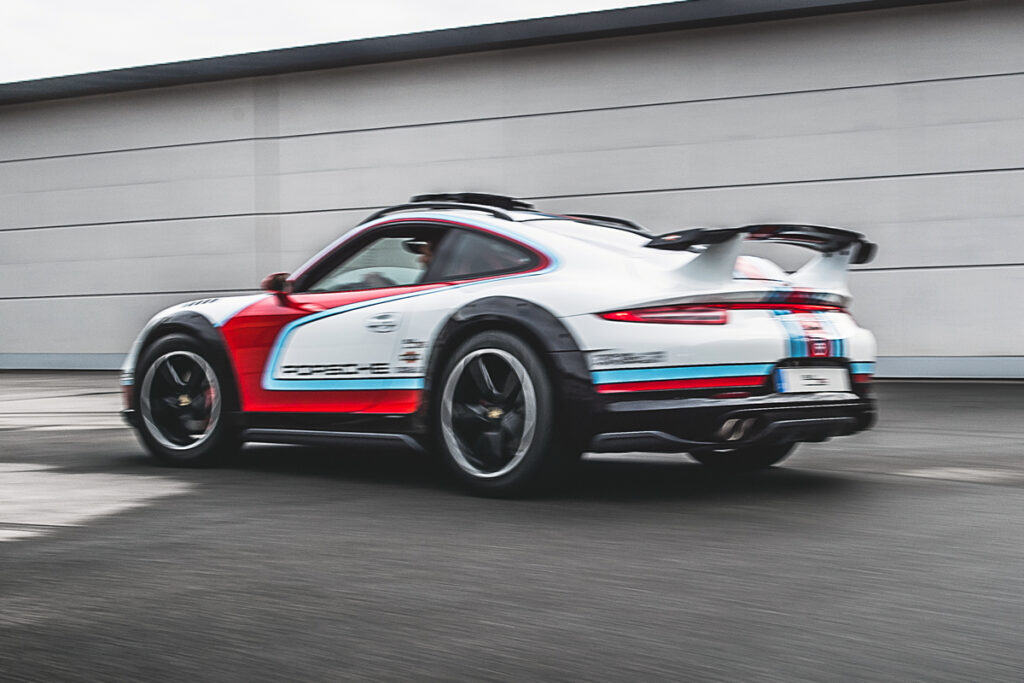
It was surprising that this car never made it to the market. There were plenty of historical precedents, and both tuners and enthusiasts were having a field day turning 911s into off-roaders. Two decades of rally participation provided a pretext for legitimizing almost any off-road sports car concept – whether inspired by Monte Carlo or the Paris-Dakar Rally. Porsche’s design center opted for the Safari variant to honor the achievements of a team in a lifted 911 SC in the African savannas in 1978. A functional prototype was based on the then-newly released 991 generation coupe. With increased ground clearance, larger wheels, fender flares, side skirts, and vibrant historical paintwork – this car had everything needed to ignite a safari frenzy among customers, especially in Russia and the Middle East. Why Porsche hit the brakes in 2012 had not been definitively answered, even by Michael Mauer. One theory was that engineers voiced objections. The elevated body, new wheels, and raised suspension inevitably altered the sports car’s driving dynamics – and not in a good way. Producing a car that doesn’t handle like a Porsche probably wasn’t the wisest decision. On the other hand, recent spy photos show that a lifted 911 of the 992 series went into testing this fall. Its mechatronic platform likely allows for greater flexibility in such engineering ventures. I believed that if Porsche decided to put some of the “unseen” models into production, they already had a winner on their hands.
Porsche Macan Vision Safari
Mock-up, 2013
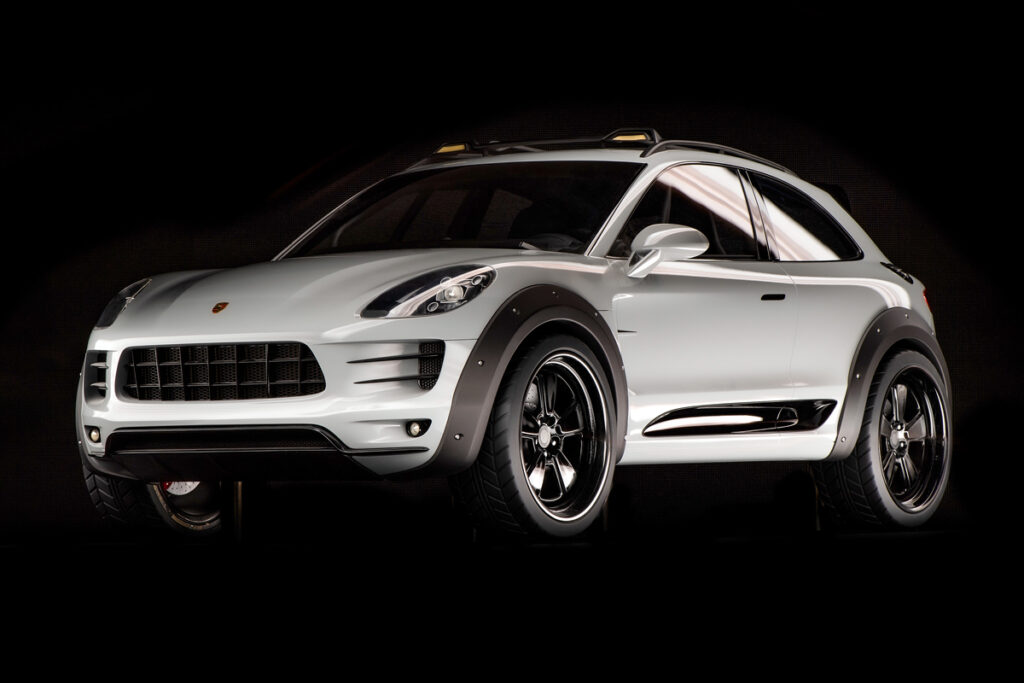
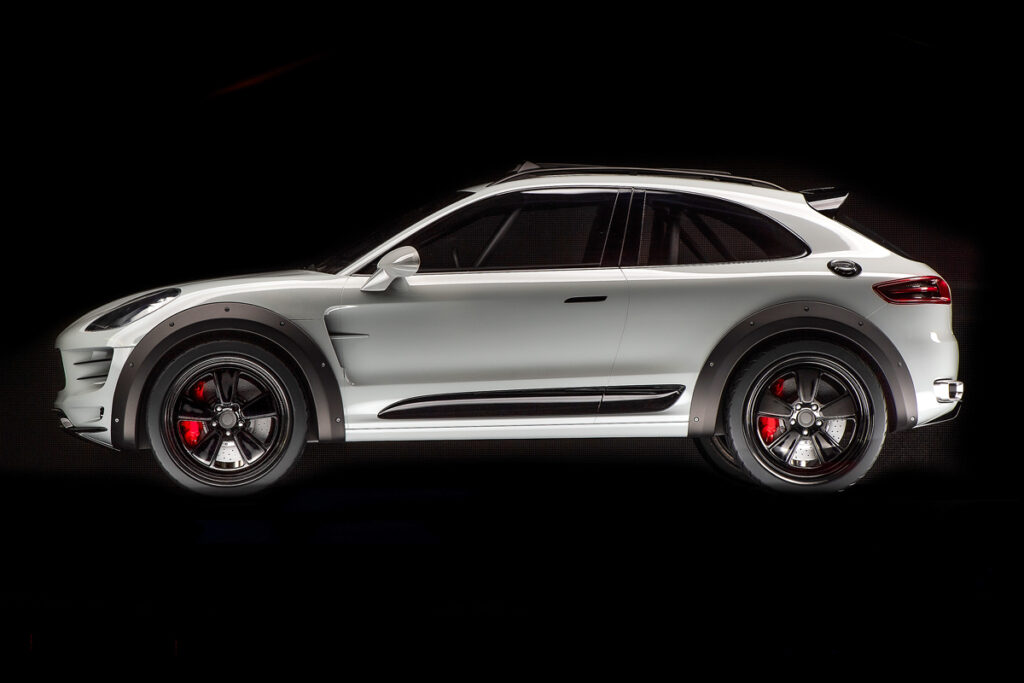
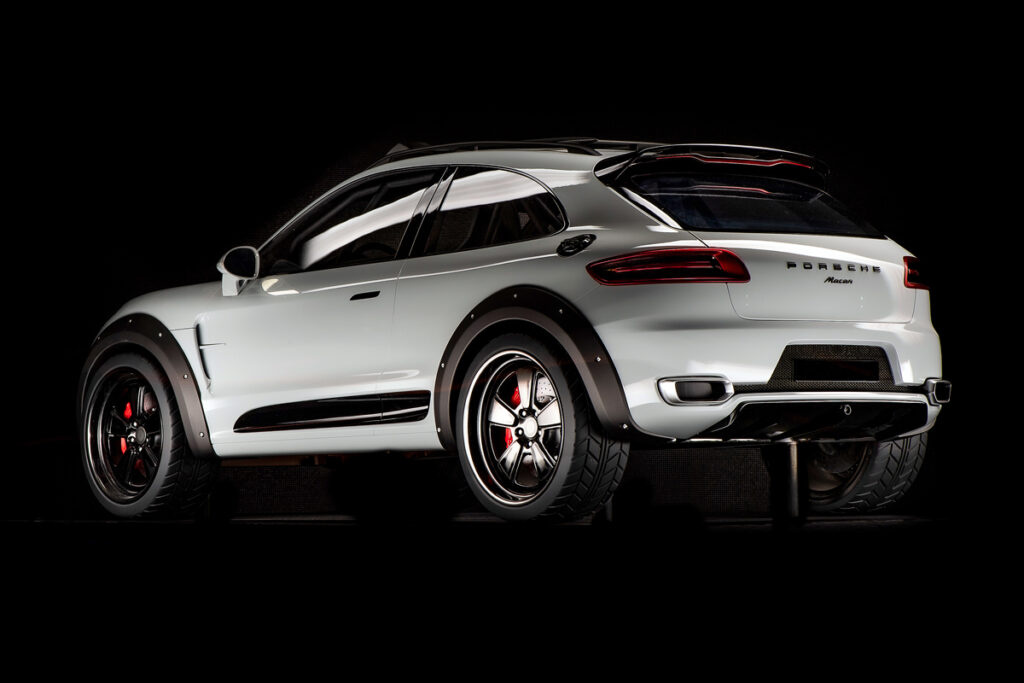
The Safari package for the Macan seemed far more fitting than for the 911, but the idea here was different. In 2013, Porsche was still gearing up for the launch of the compact crossover (sales would begin in the spring of 2014), and Land Rover and Mini had released three-door crossovers, the Evoque Coupe, and Paceman. Was it worth producing such a body style for the Macan? History revealed that it wasn’t. Both Land Rover and Mini discontinued the three-door models due to low demand. Ultimately, Porsche’s coupe-style crossover manifested as the five-door Cayenne Coupe.
Supercar projects
Mock-ups and clay models, 2005—2019
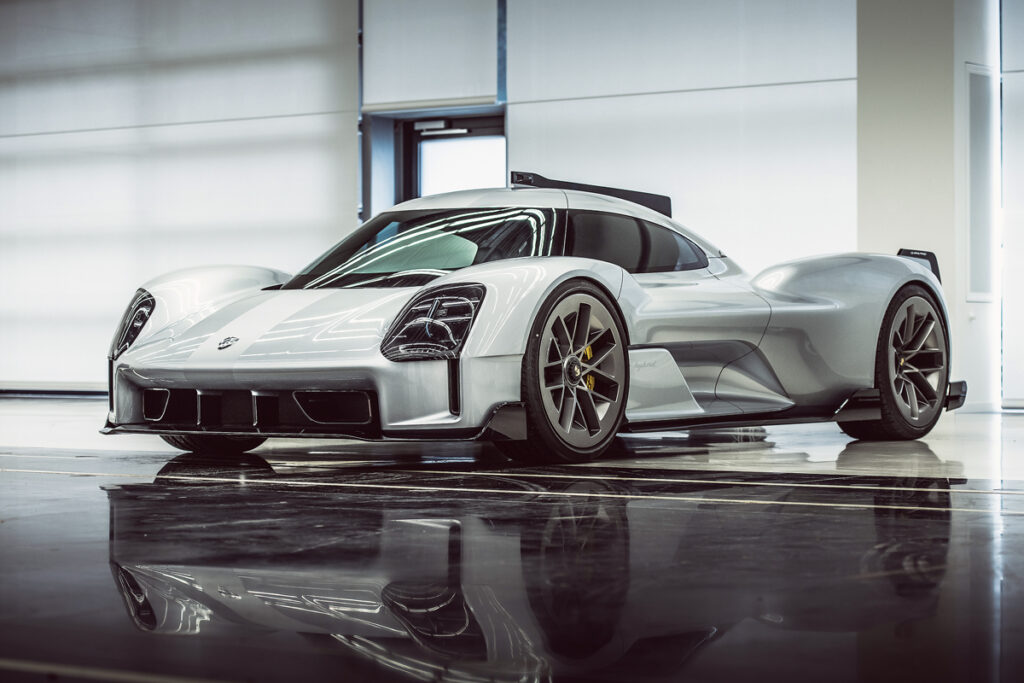
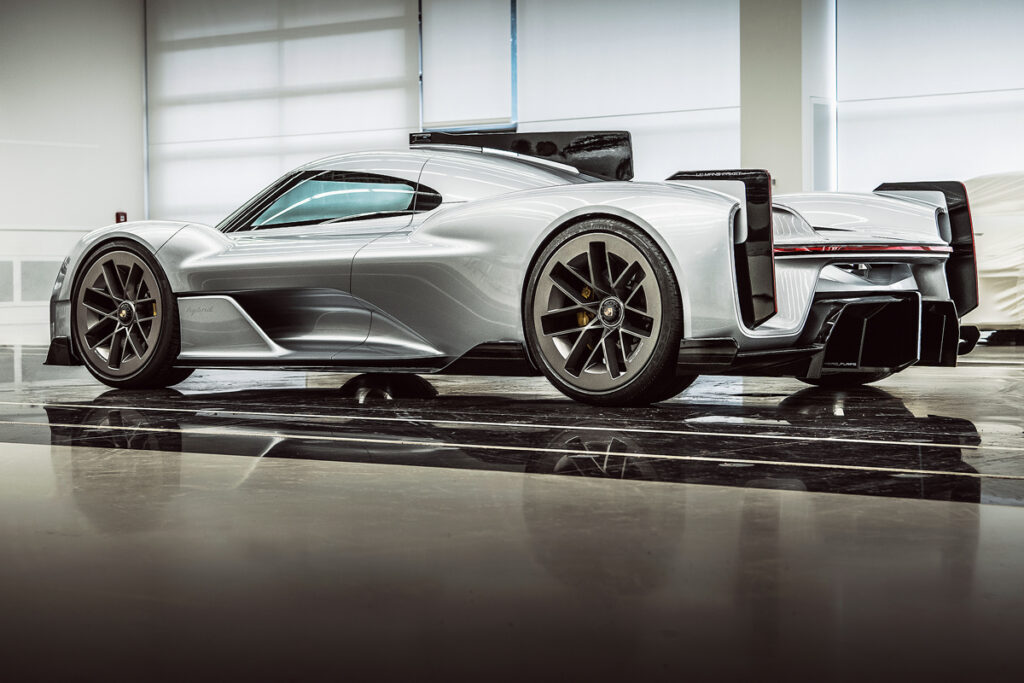
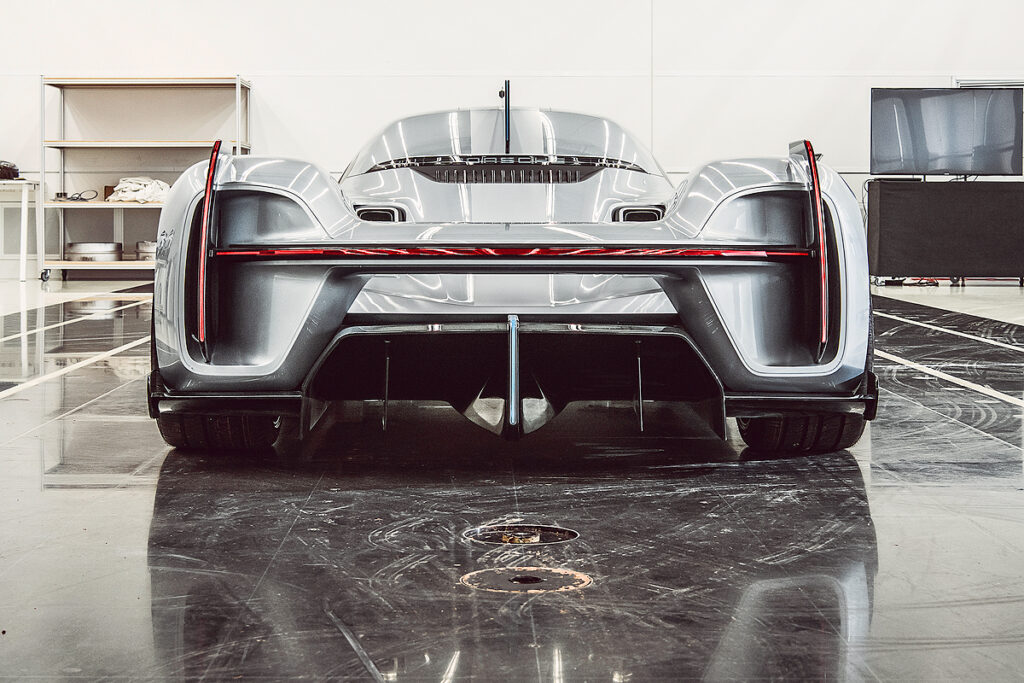
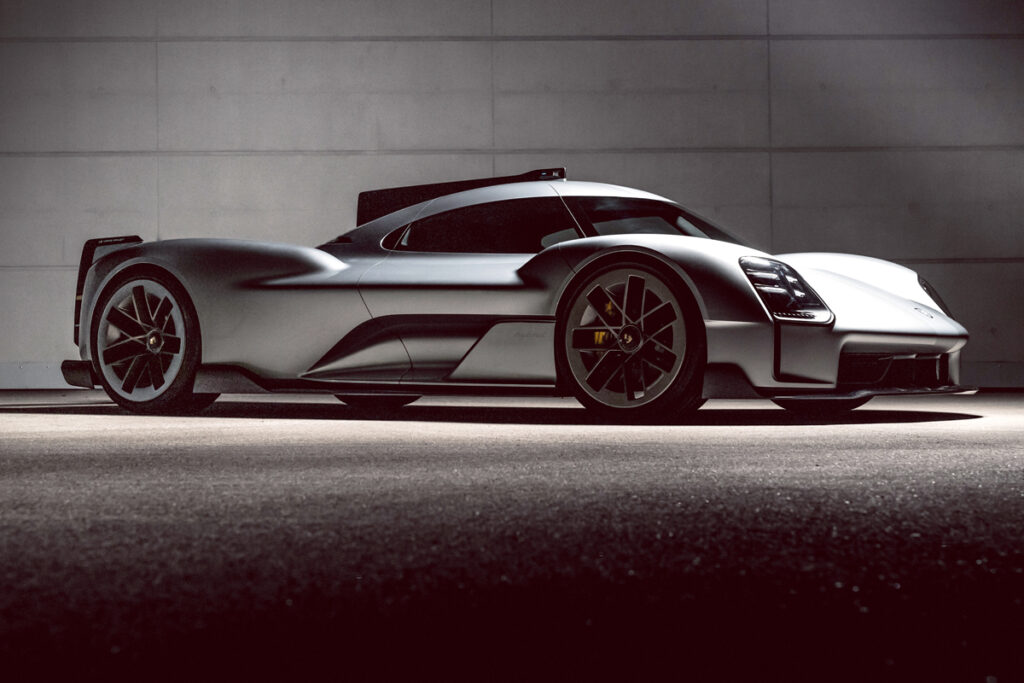
Porsche 919 Street (clay model, 2017)
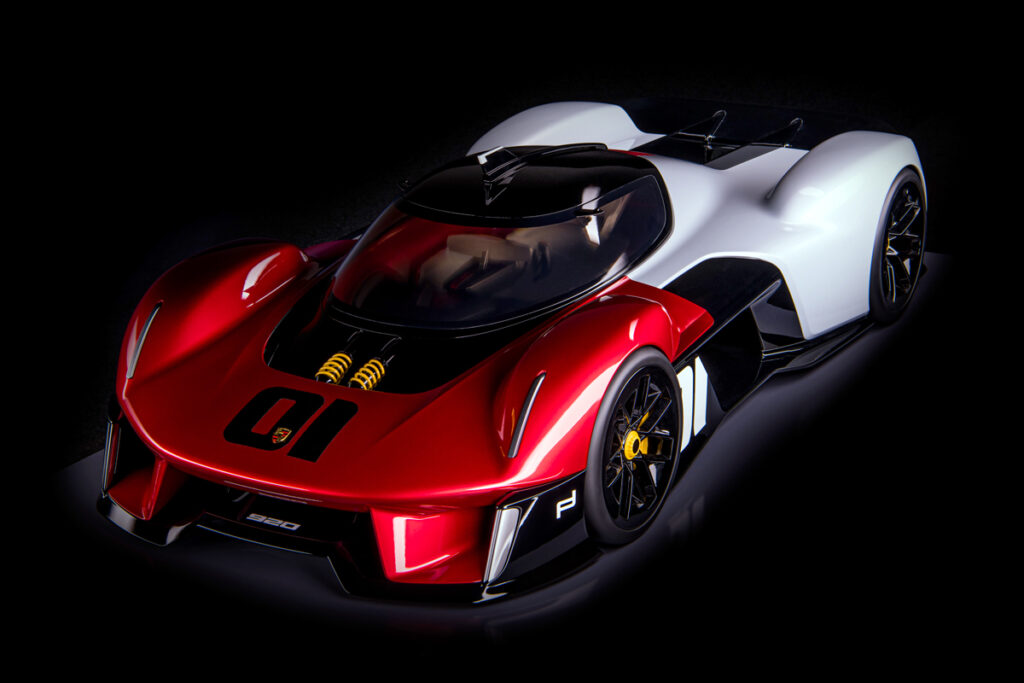
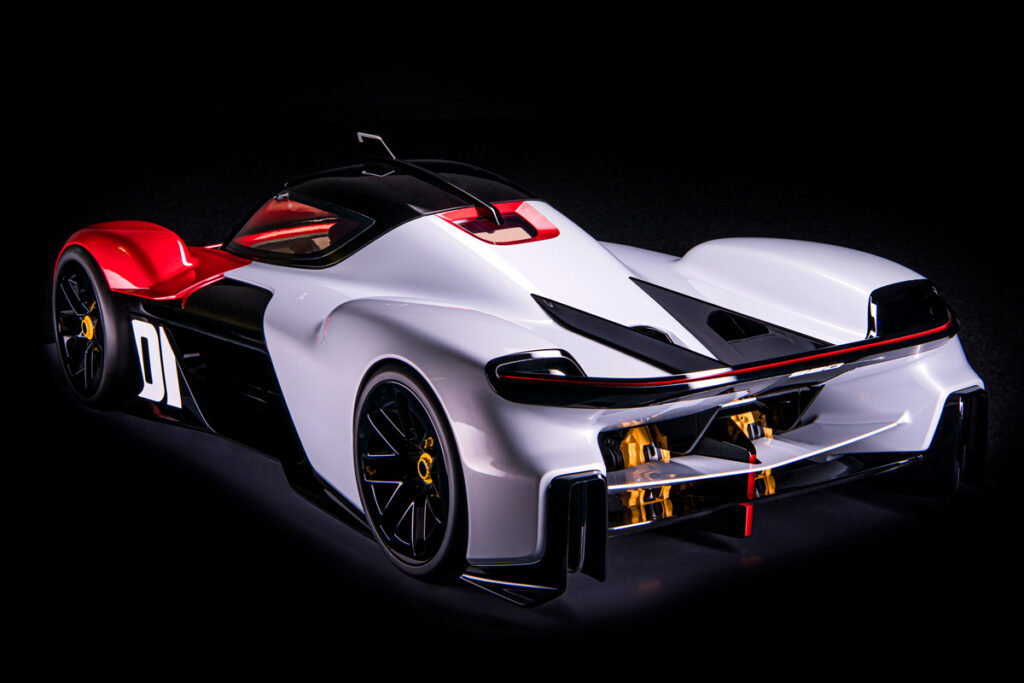
Porsche Vision 920 (mock-up, 2019)
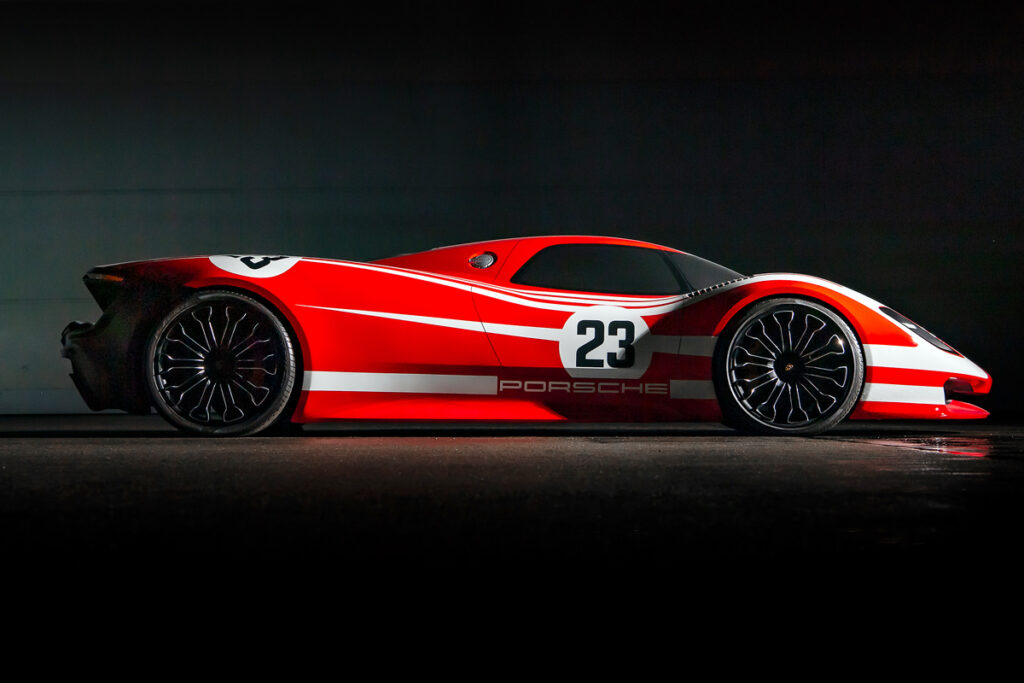
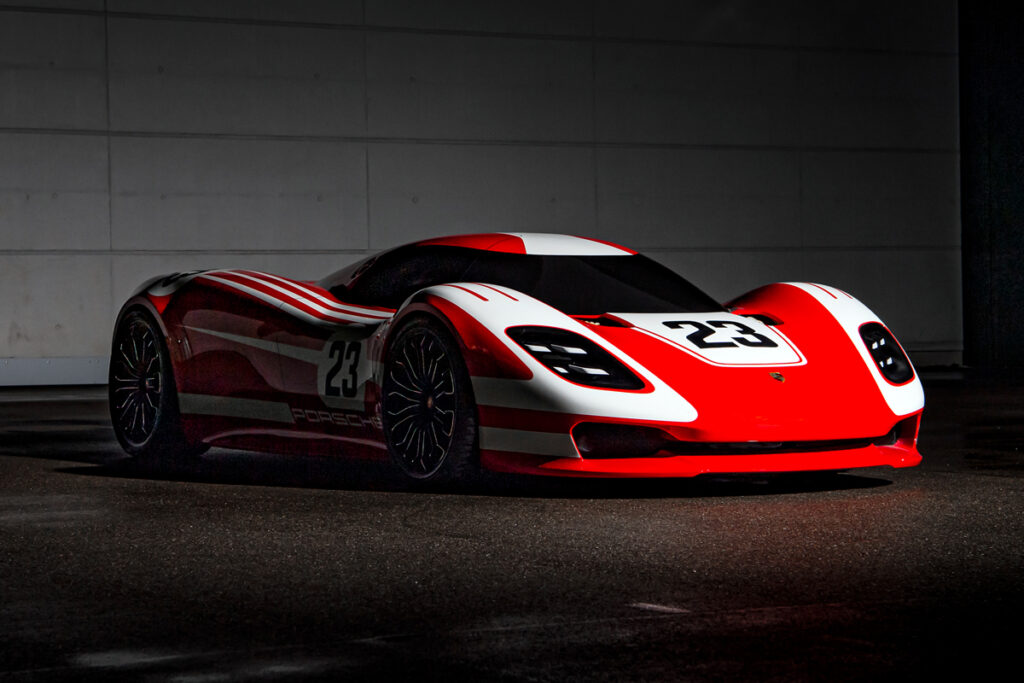
Porsche 917 Living Legend (clay model, 2013)
A separate folder in the Unseen portfolio was dedicated to supercar and hypercar projects. These were six distinct projects, existing in the form of mock-ups or clay models. This meant that Porsche wasn’t showcasing fully-fledged cars in this category. However, judging by the fact that three out of the six projects were developed in 2019, and another one dates back to 2017, the creation of a new flagship road car in Weissach was in full swing. All the projects shared the common thread of drawing inspiration from cars that triumphed at Le Mans at different times, was it the Porsche 906, 917, or 919. But the example of the 919 Street project demonstrated that one couldn’t simply take a race car and market it to private customers. The idea from 2017 was precisely that – in the aftermath of three consecutive Le Mans victories, offer a limited-edition road-going version of the winning car to wealthy enthusiasts. It turned out that even a super-exclusive price tag wouldn’t compensate for the difficulties that such technology would entail. A team of mechanics would need 45 minutes just to start the engine of the Porsche 919 Hybrid, implying that support teams would have to travel across the globe for every private driving session. The juice wasn’t worth the squeeze. However, in 2019, Mauer’s team revisited the idea of a customer race car based on LMP1 technology, and that was how the Porsche Vision 920 mock-up came about. But, it seemed the concept of evolving the 918 Spyder supercar was more viable – one of its iterations became the Vision 918 RS. And setting itself apart was the Vision E project – an electric supercar with an 800-volt battery.
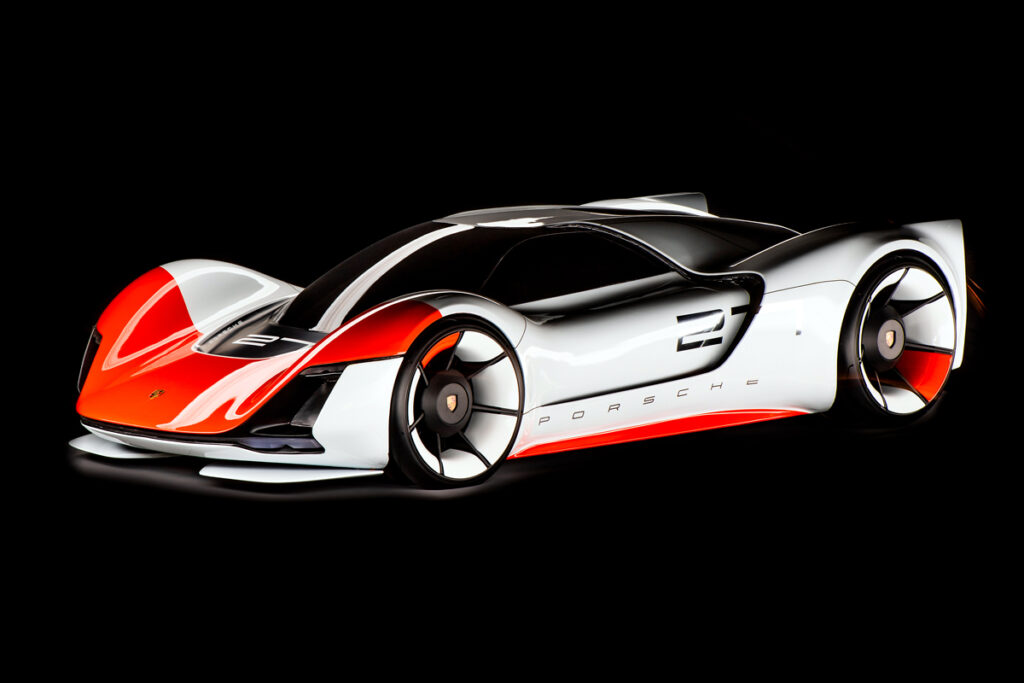
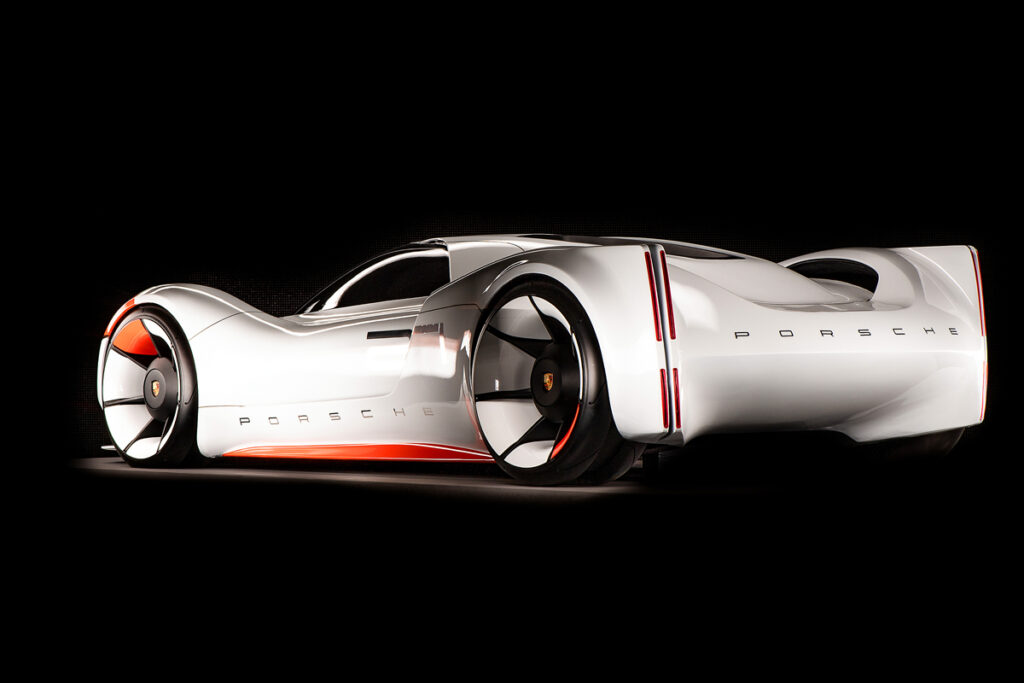
Porsche 906 Living Legend (mock-up, 2005)
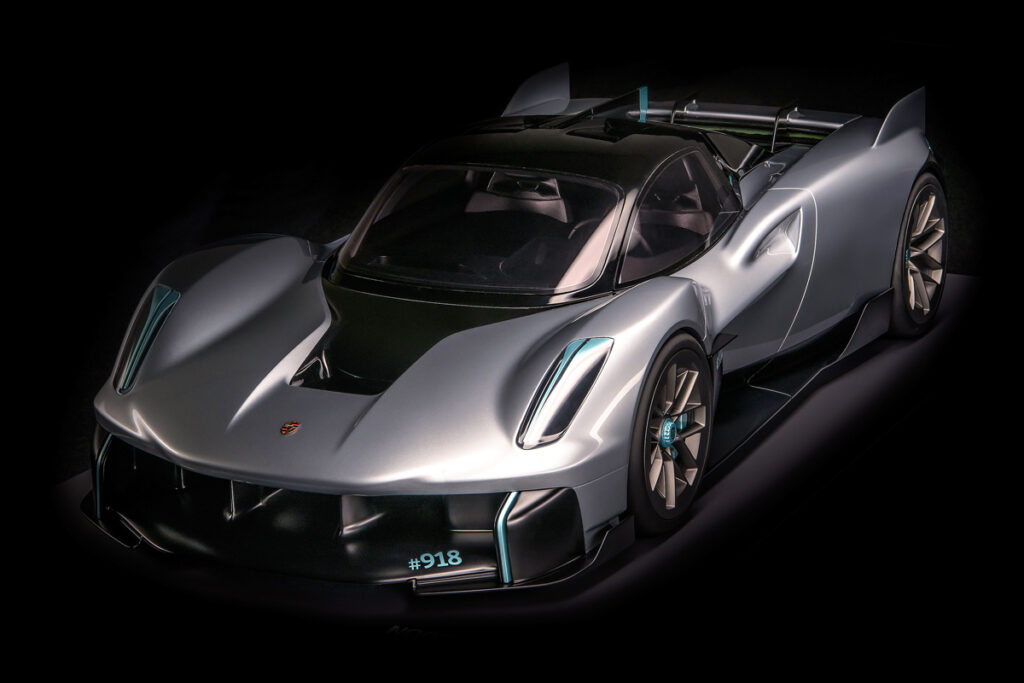
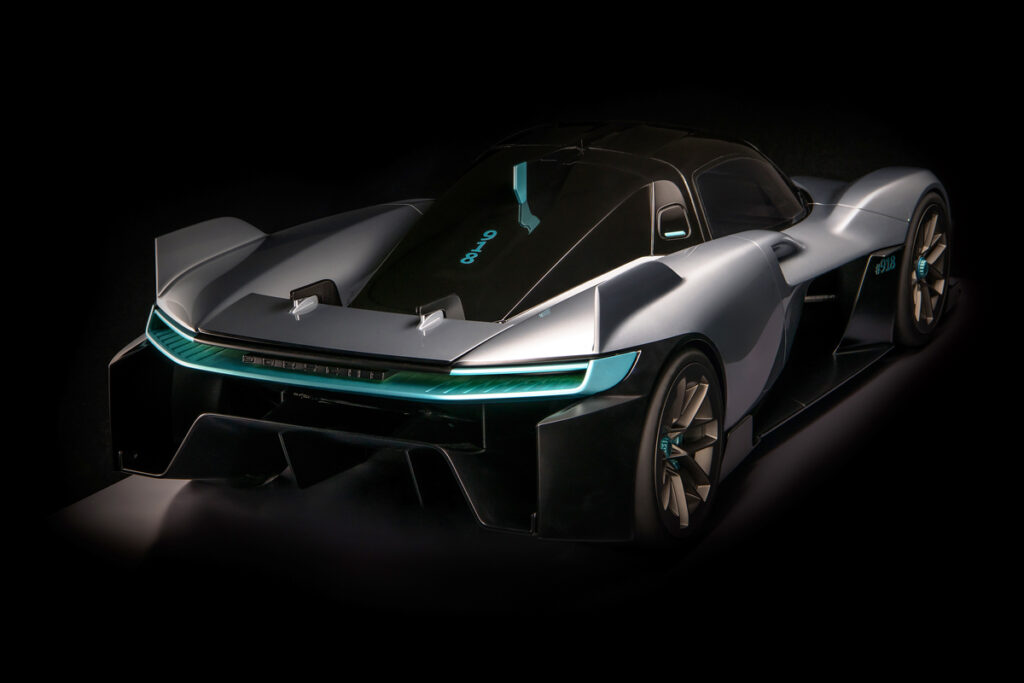
Porsche Vision 918 RS (mock-up, 2019)
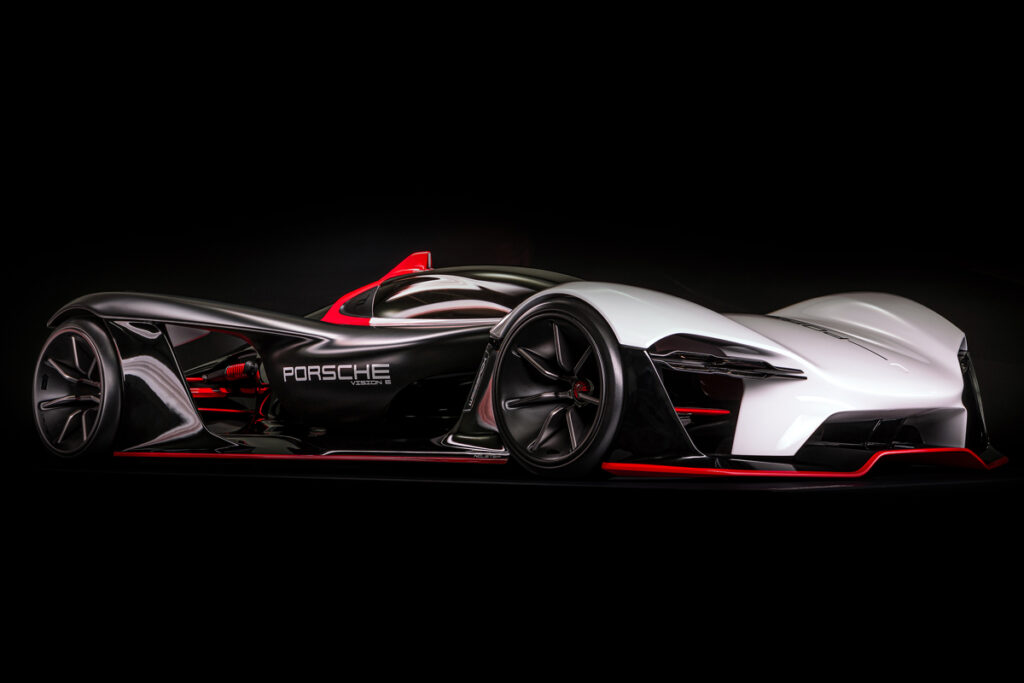
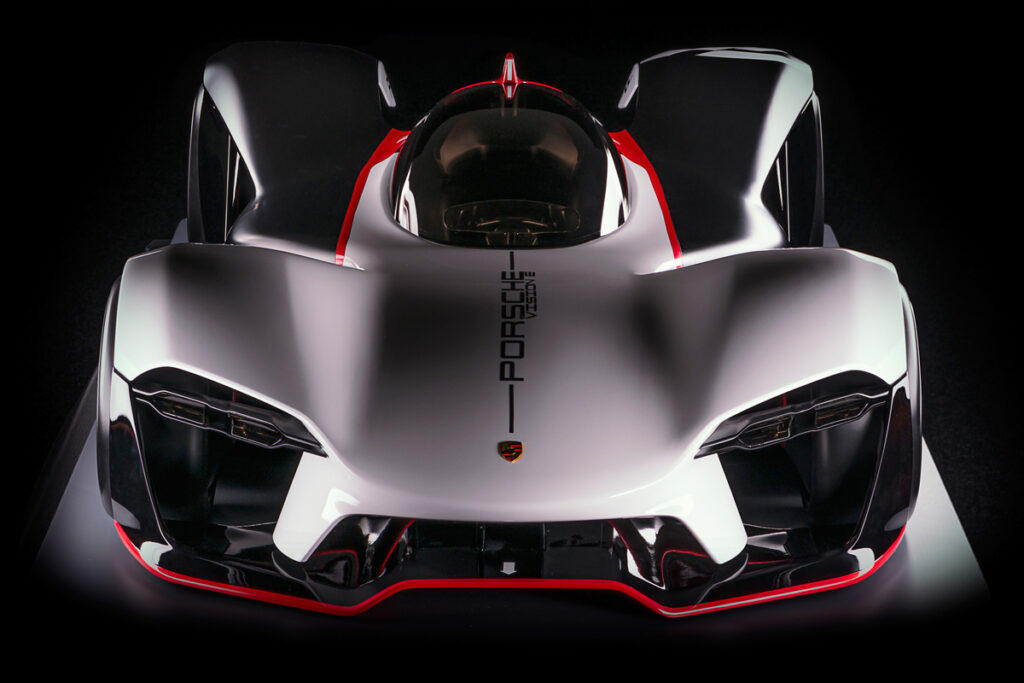
Porsche Vision E (mock-up, 2019)
Photo by Porsсhe
This is a translation. You can read the original article here: Секретные проекты Porsche: минивэн, внедорожник 911, два цилиндра и другие

